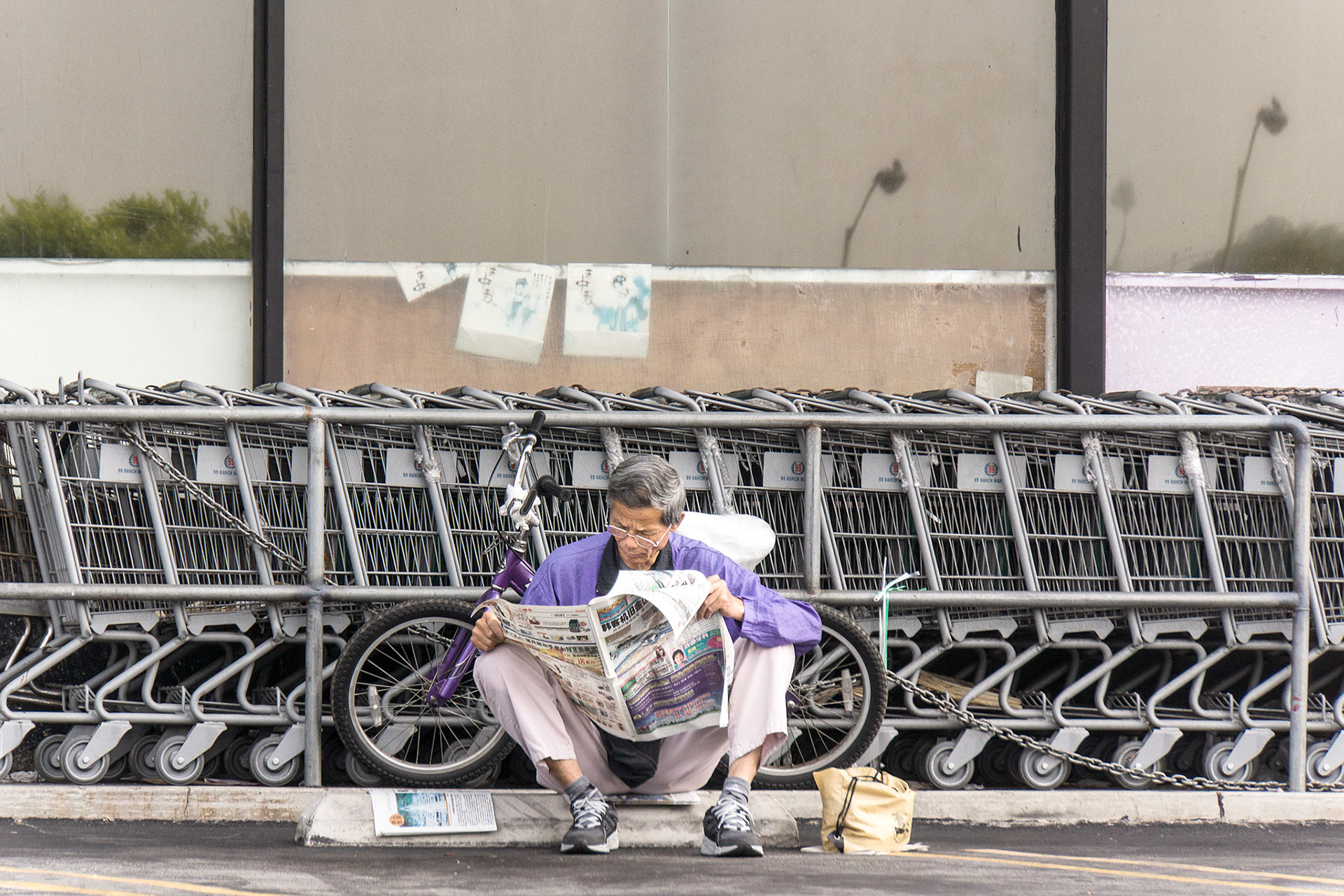trib·al·ism noun (trī′bə-lĭz′əm): loyalty to a tribe or other social group especially when combined with strong negative feelings for people outside the group
“Urban and suburban municipalities are replacing neighborhoods as the central organizing units of metropolitan segregation.” Chad Farrell, Professor/Chair, Dept of Sociology, University of Alaska Anchorage
(This project completed in 2013 BT (Before Trump)
LA County is unique in so many ways — home to the country’s second largest city; containing mountains, deserts and beaches, even including a city on an island 26 miles offshore. With nearly 10 million people, it is by far the most heavily populated county in the United States and is the most diverse as it has more minority residents than anywhere else. According to the Census Bureau, Los Angeles County has some 7 million minority residents – 71 percent of its population and one of every 14 minority residents in the nation. That’s more people than the total population of the second biggest U.S. county, Cook, which includes Chicago. In fact, Los Angeles County has more minority residents than do each of 38 states have people of all ethnicities. And these statistics don’t even count the estimated 900,000 undocumented immigrants. However, this diversity can be highly misleading as the county is becoming increasingly Balkanized into separate racial, ethnic and economic enclaves. The County has 88 separate cities, each having their own autonomous governments; cities many of us locals never have been to like Cudahy, Temple City and Vernon. Or maybe we’ve heard them mentioned on the news due to a freeway closure, a violent crime or a corruption trial. They are terra incognita to most of those who don’t live or work nearby. The demographic differences between these cities can be staggering, even in ones that share borders. As someone who has lived here for 30 years (half as a movie Location Manager) and gotten around quite a bit, this has been an ongoing revelation.
This project takes a visual look at LA County and the racial politics that are affecting population distribution. There are forces at work that cause racial and ethnic groups to willingly and unwillingly coalesce into their own political boundaries even as we seem to make significant progress toward equality. It almost seems LA the County has become the Newtonian equal reaction to the gentrification of LA the City. As I toured the 88 cities for this project, I felt like I was watching the solar dust cloud accrete into separate planets at the formation of the solar system. There appears to be a slow motion, determined and seemingly voluntary march toward separation as distinct racial and ethnic groups take over city governments. While this project takes a look at a specific time and place, it is worth asking if this activity is universal and whether the human race ineluctably tribal. Or despite education and political progress, are we just reshuffling the deck as to what constitutes a tribe? How does this relate to violent tribal conflicts across the globe?
The images represent my experience in searching for a truth I found in each city conjoined with key objective demographic data (see census data below images), giving both a personal and detached snapshot of each. Combined, they demonstrate racial, ethnic and economic patterns that are either not at all surprising or disturbing. I found my subjects by concentrating on the places where people gather to work, worship, eat, play, shop, learn and govern in each city; focusing on culture, history, recreation, architecture, public art, signage, geography and commerce.

Agoura Hills
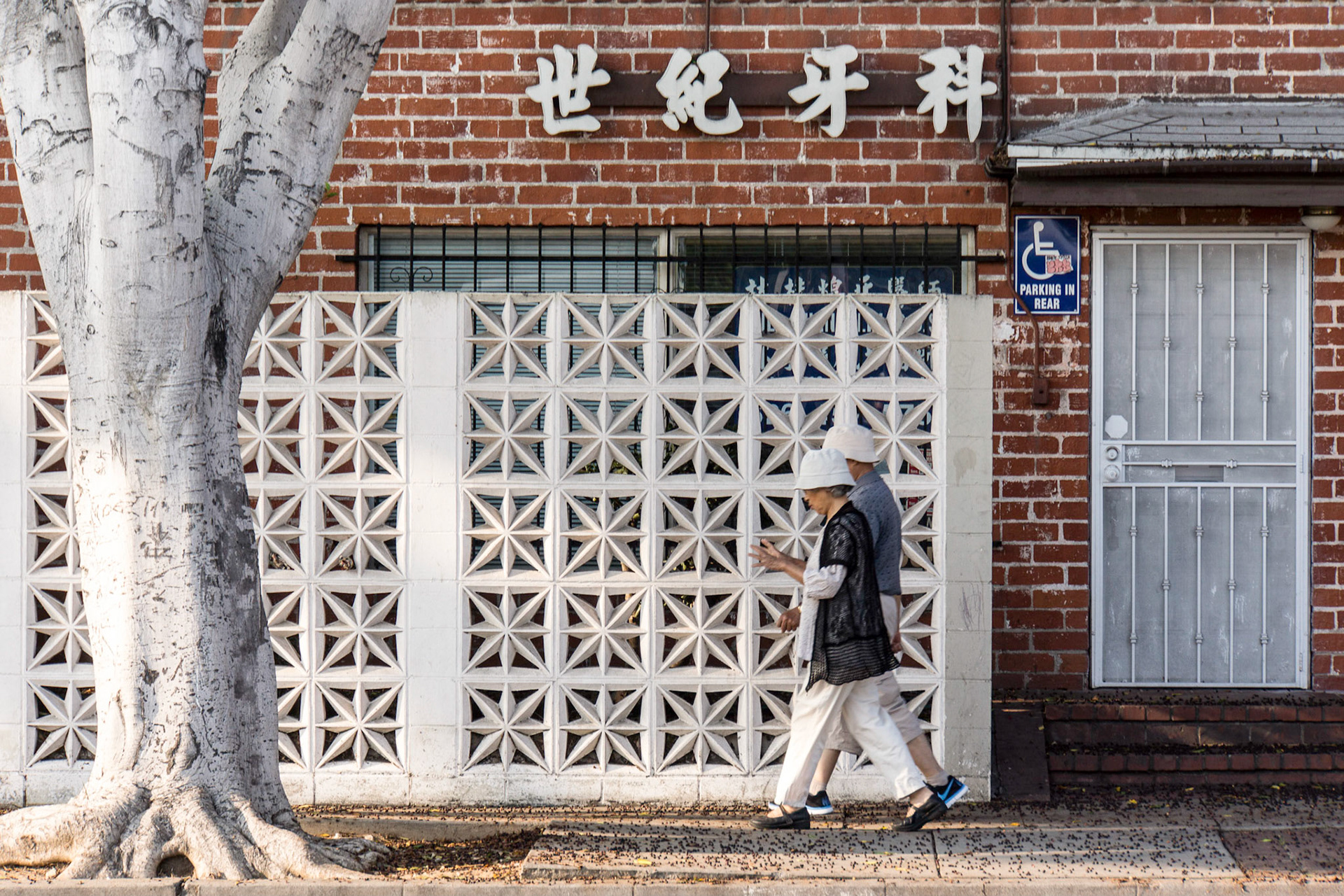
Alhambra
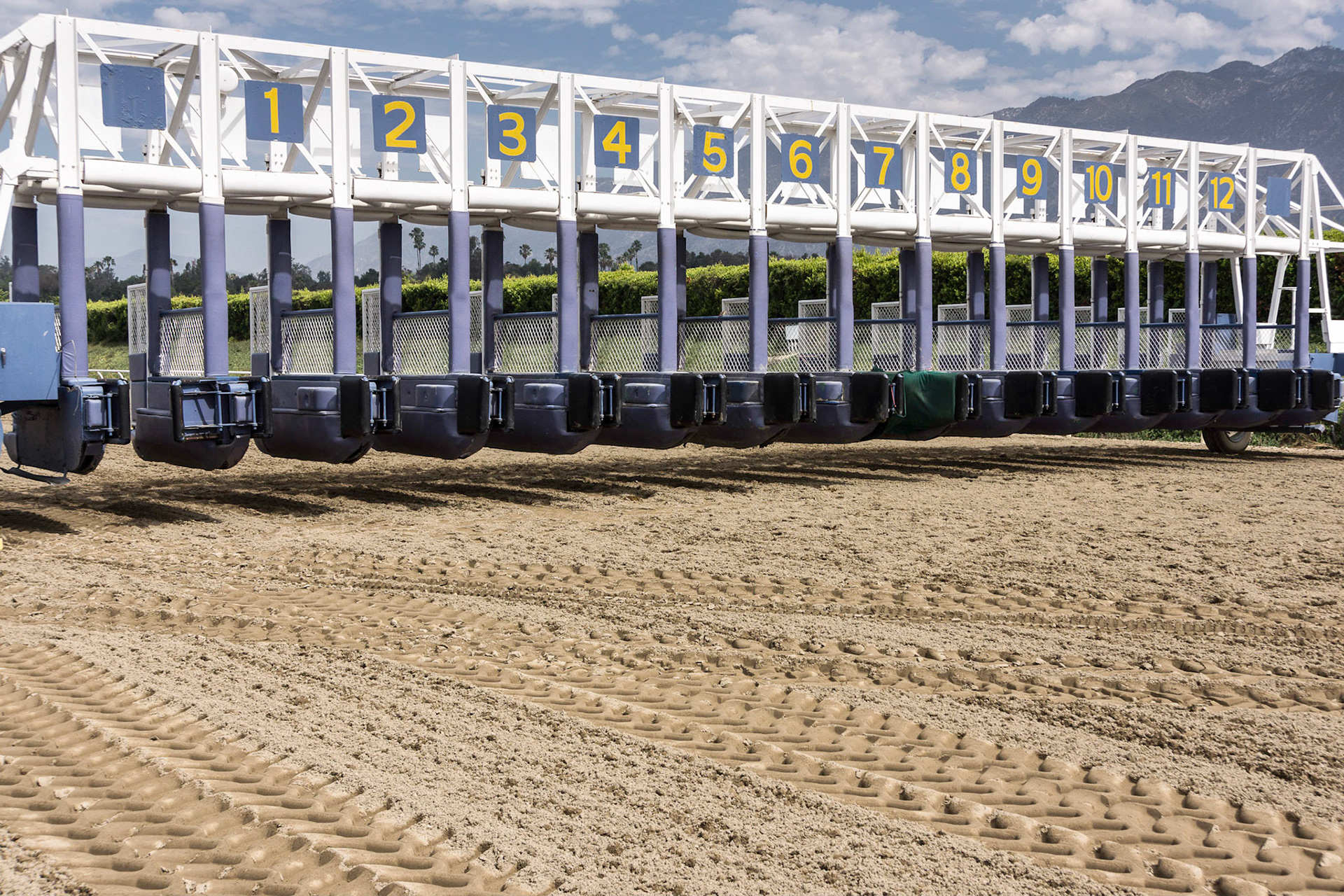
Arcadia
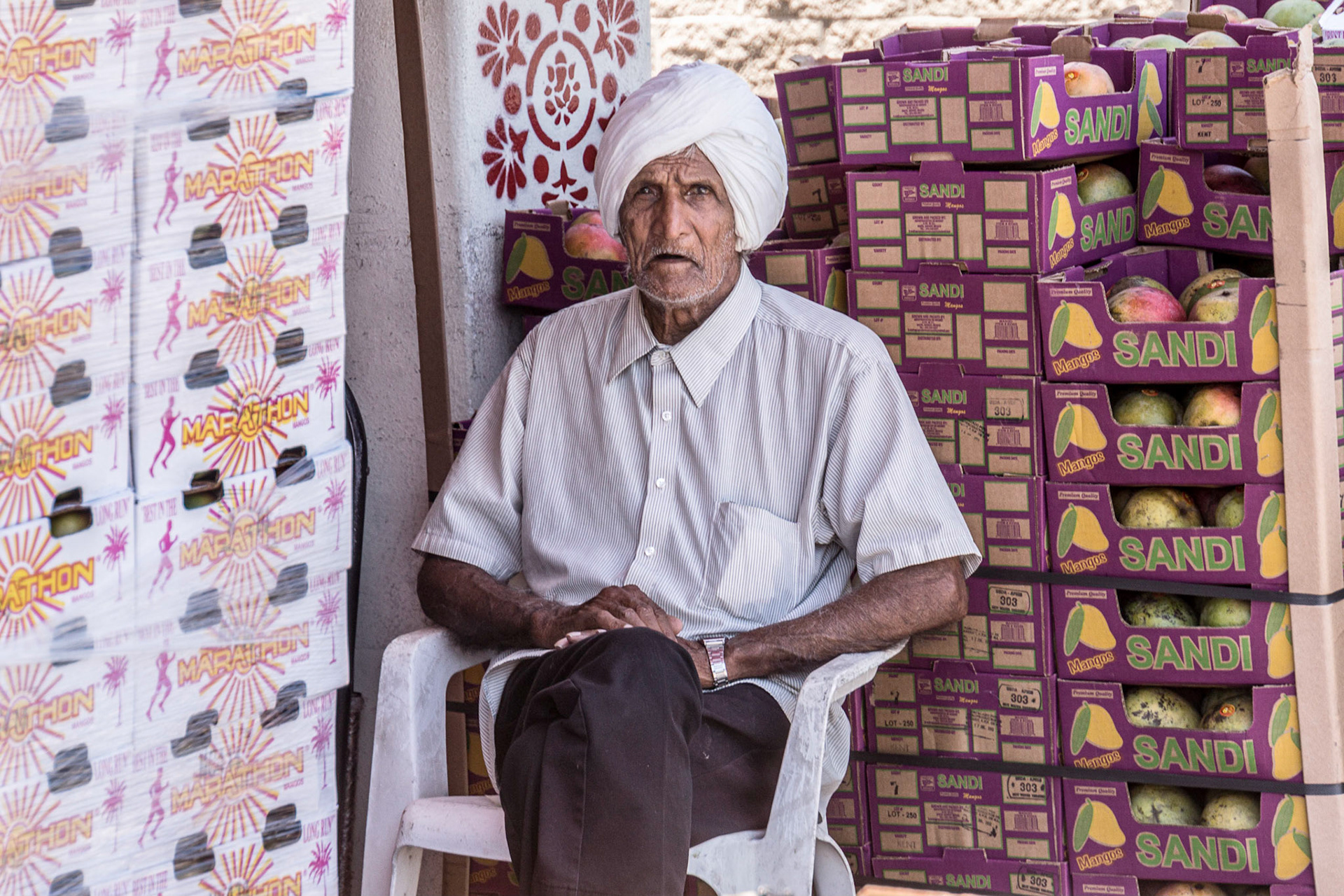
Artesia
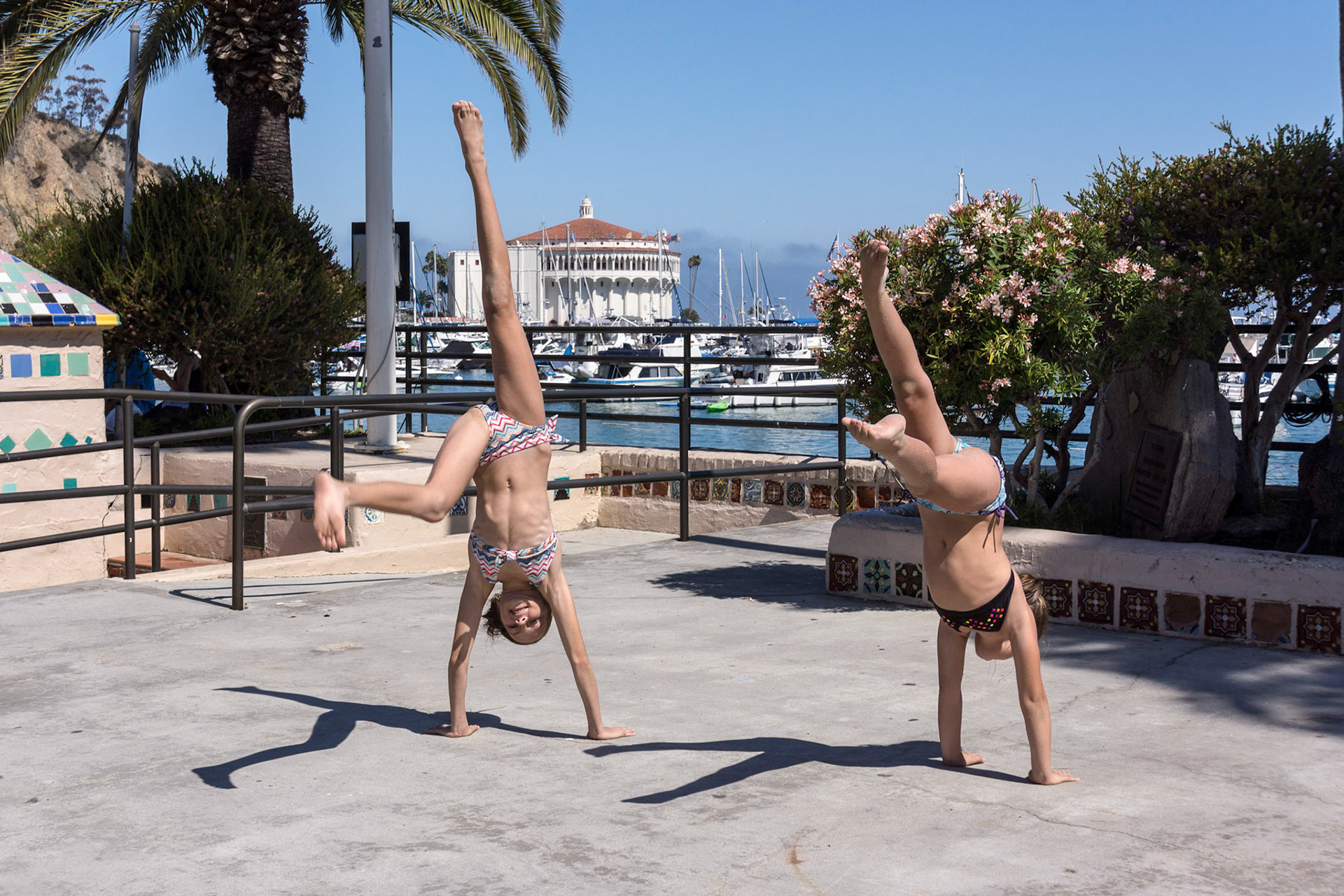
Avalon

Azusa
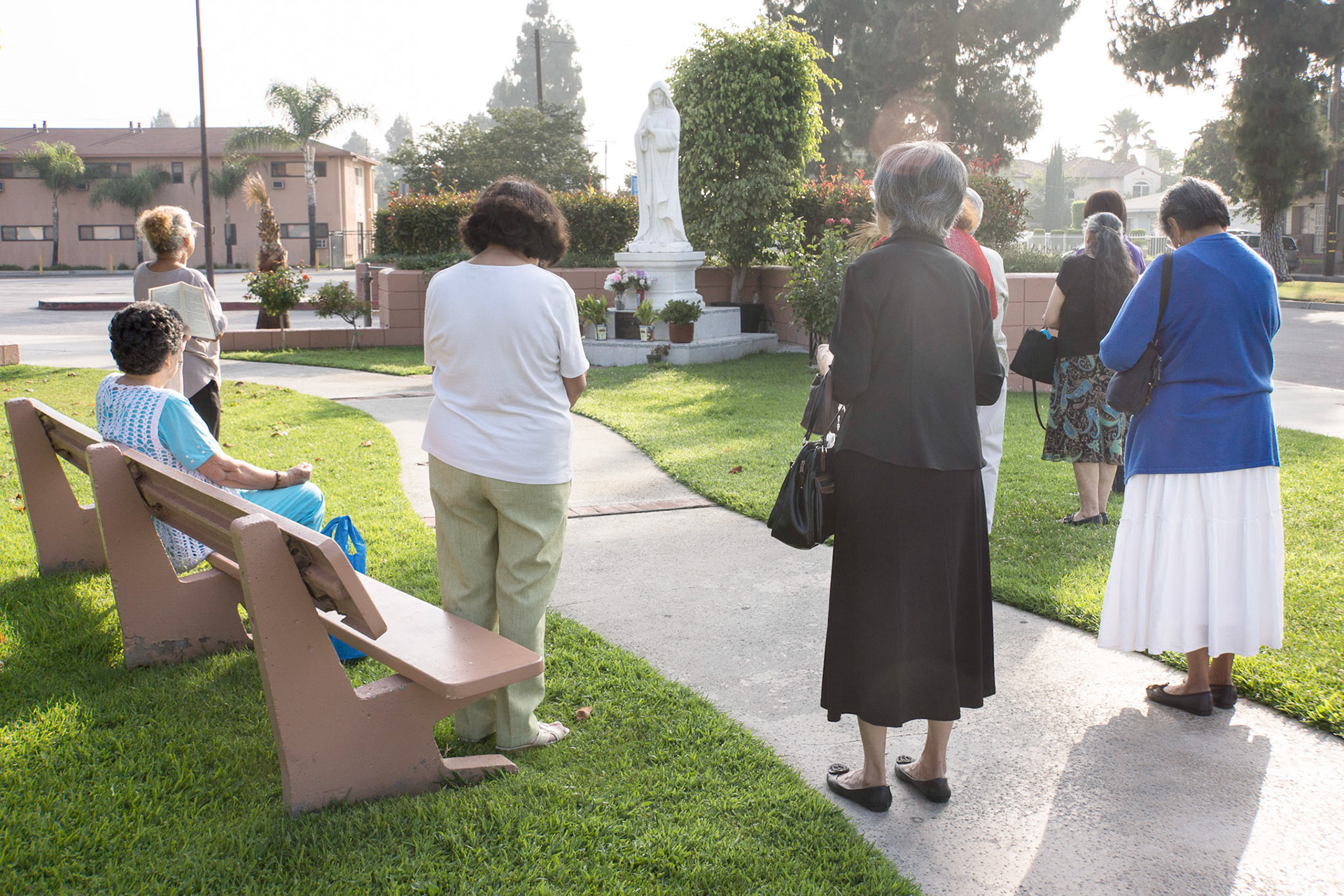
Baldwin Park

Bell
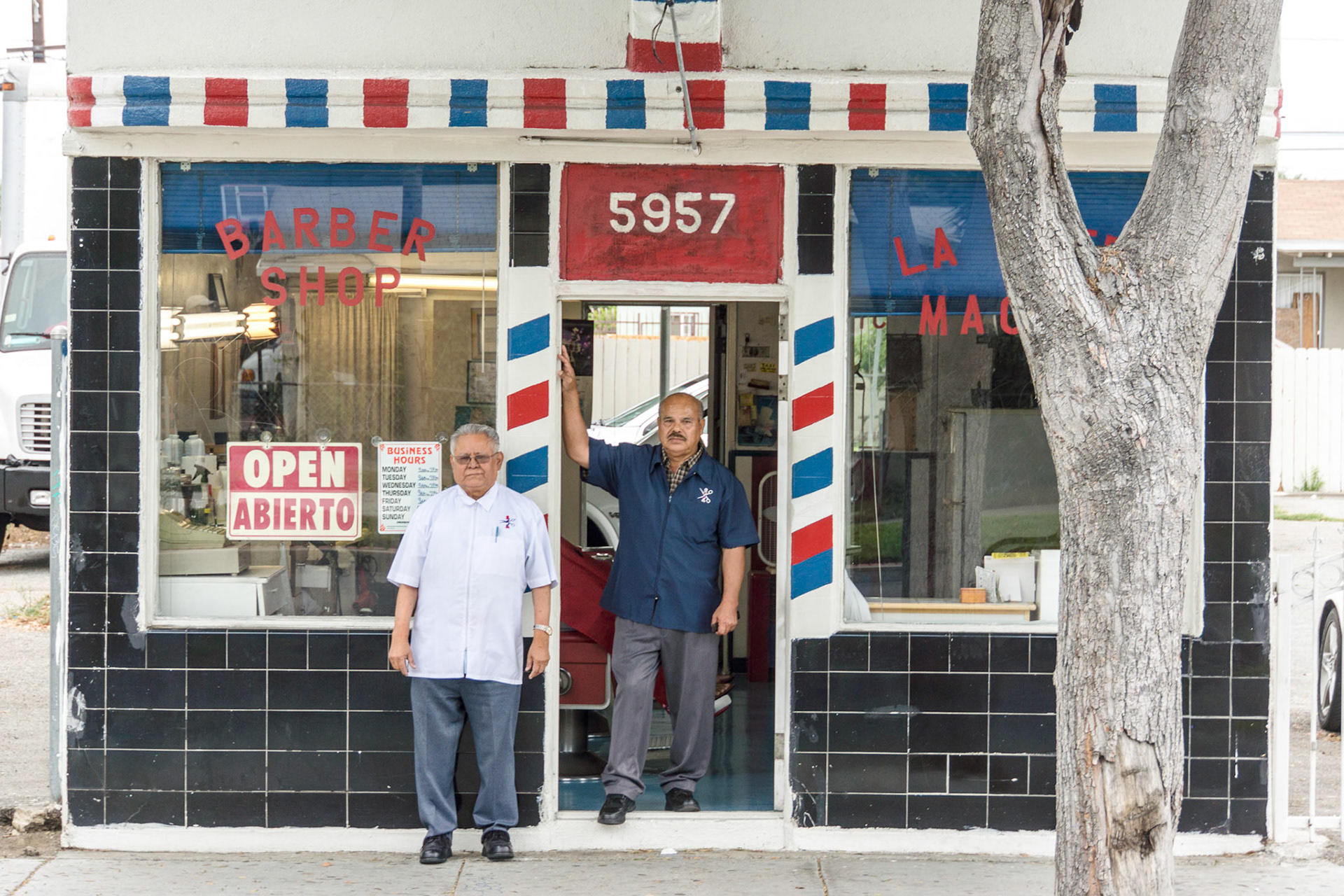
Bell Gardens
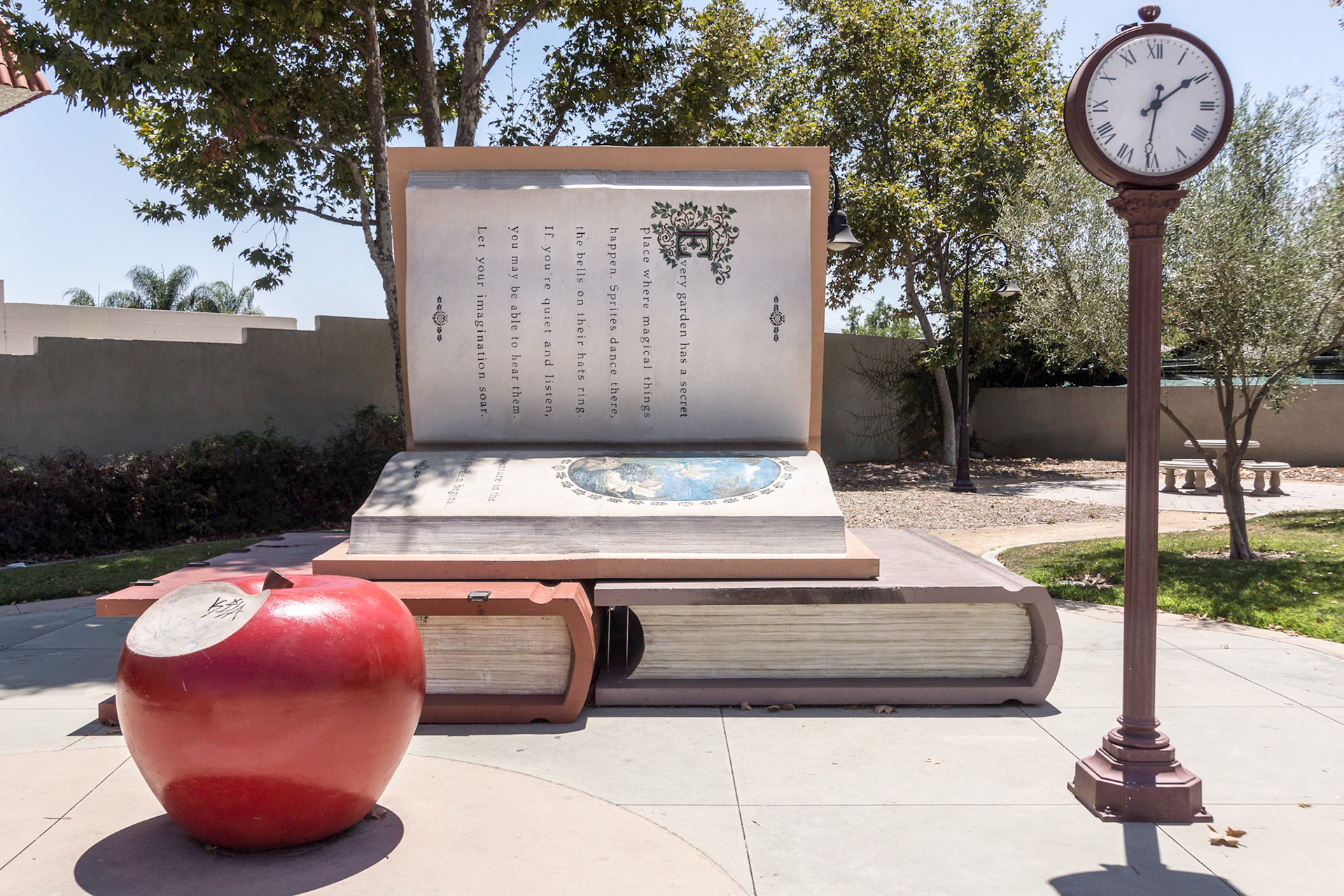
Bellflower
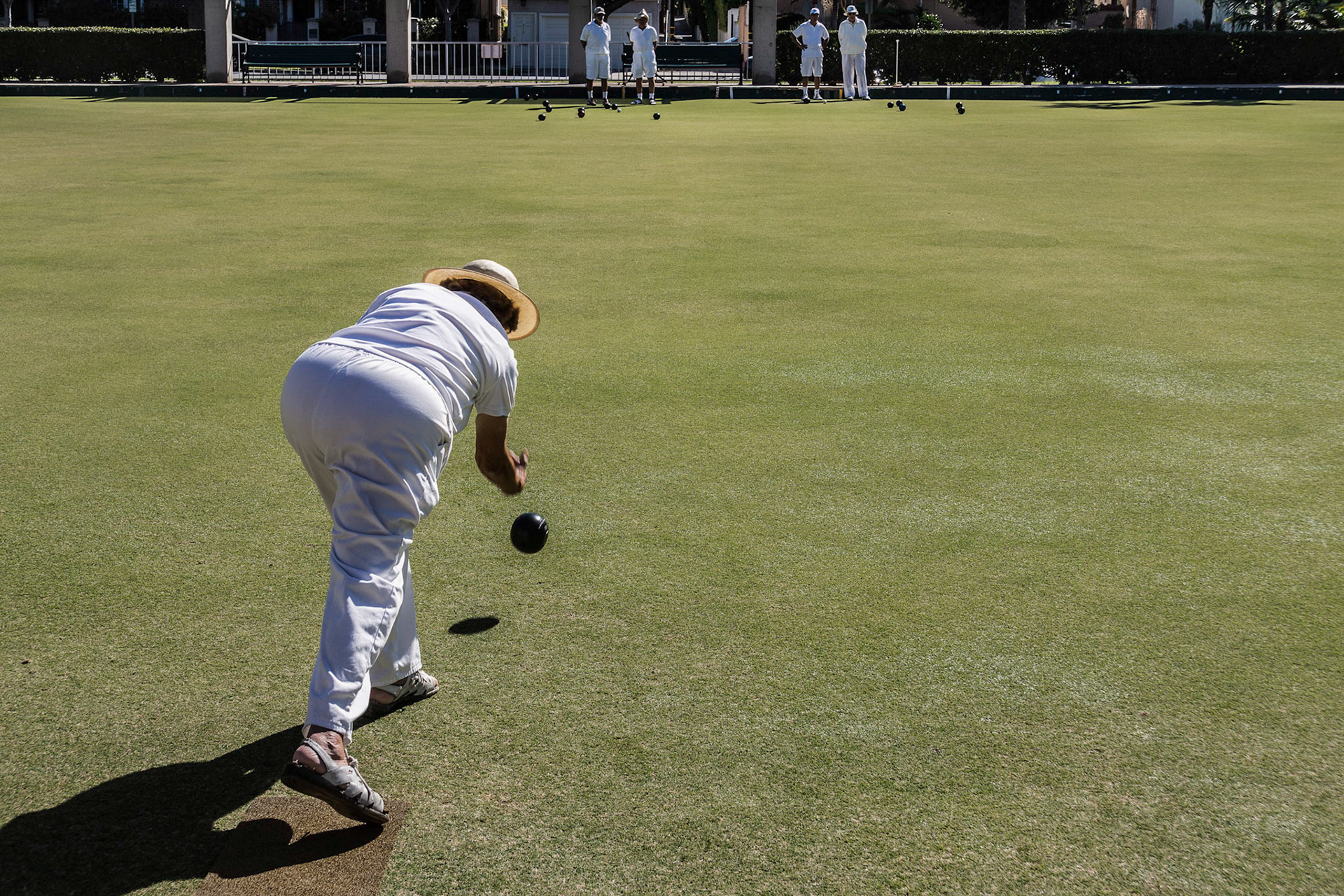
Beverly Hills
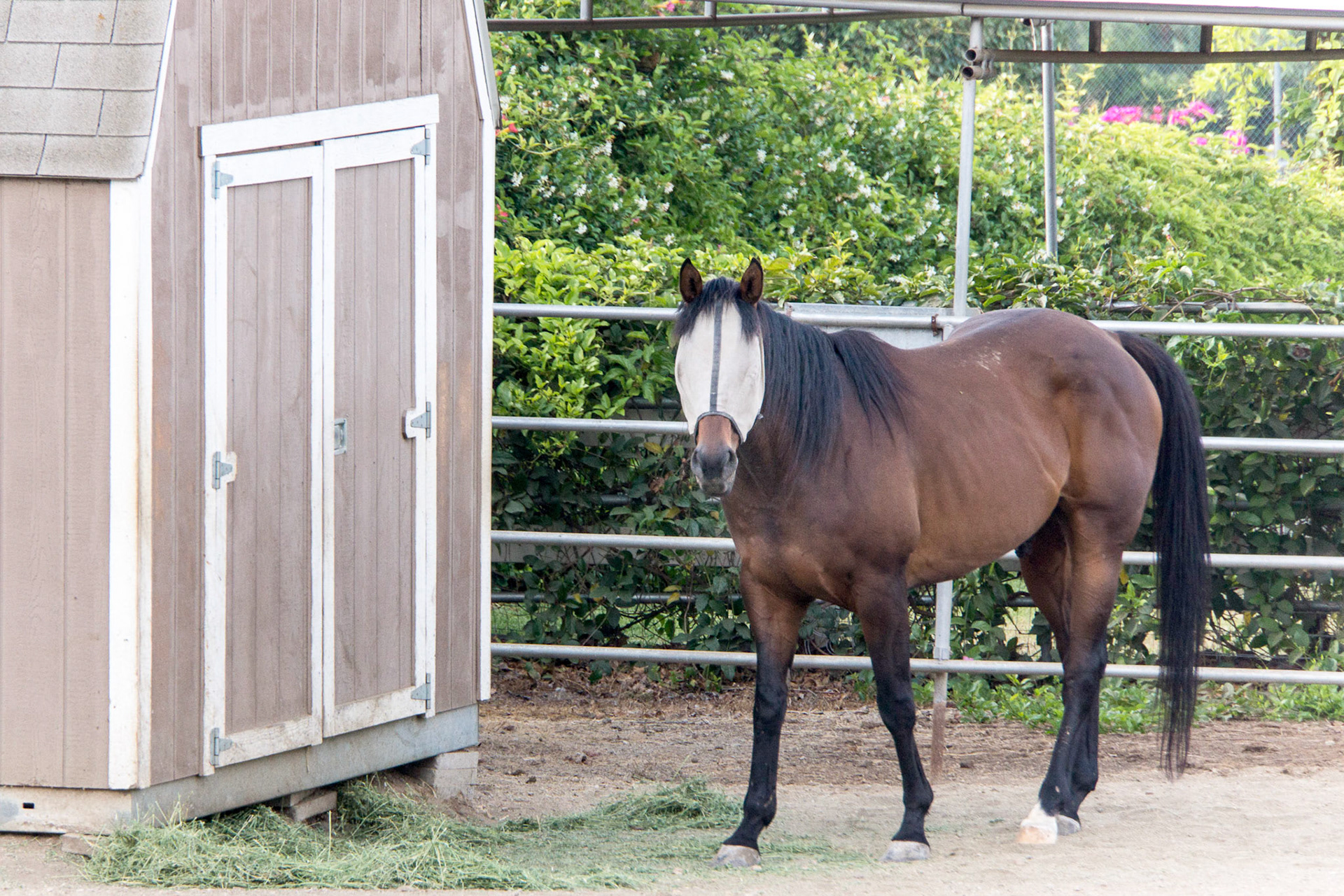
Bradbury

Burbank
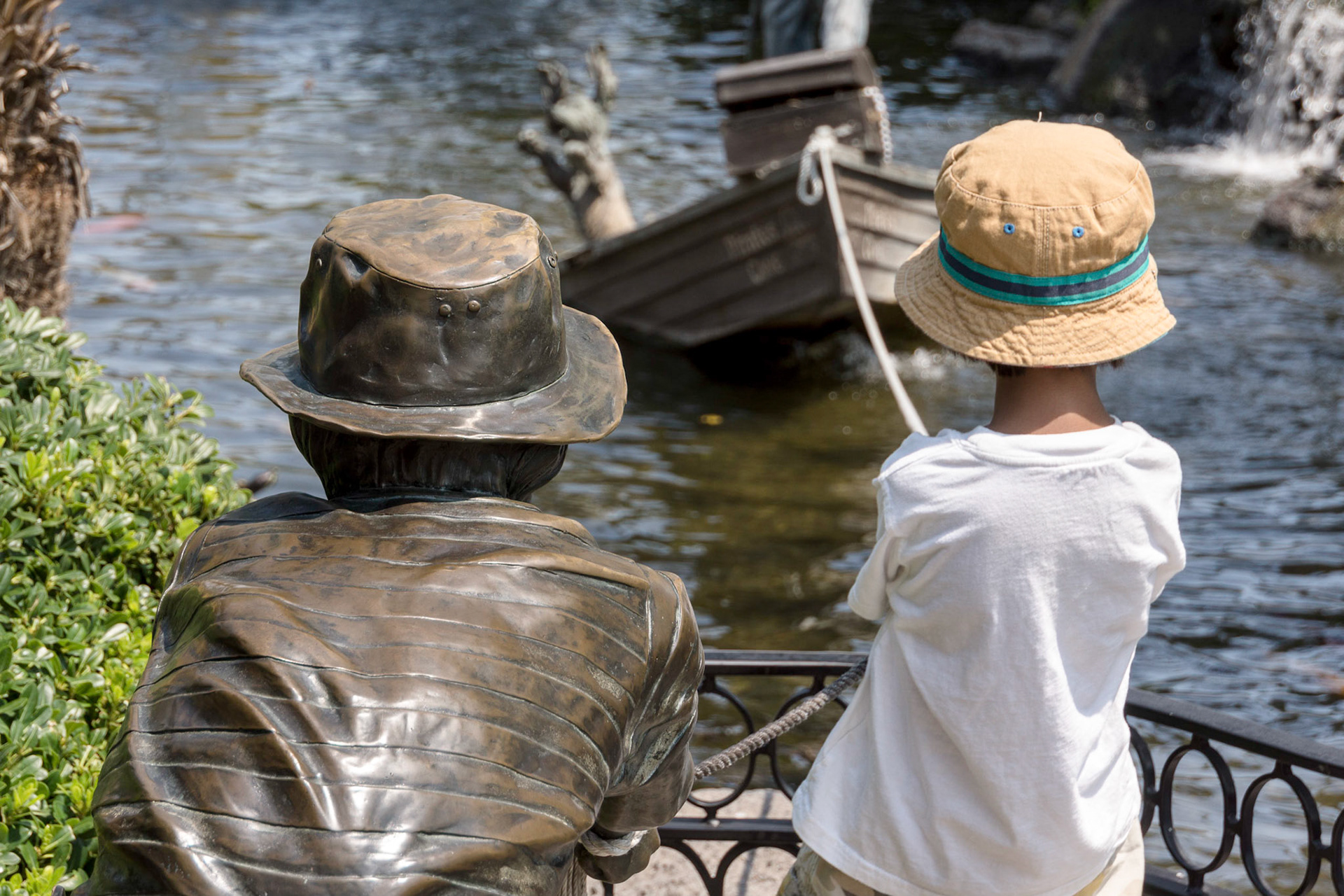
Calabasas
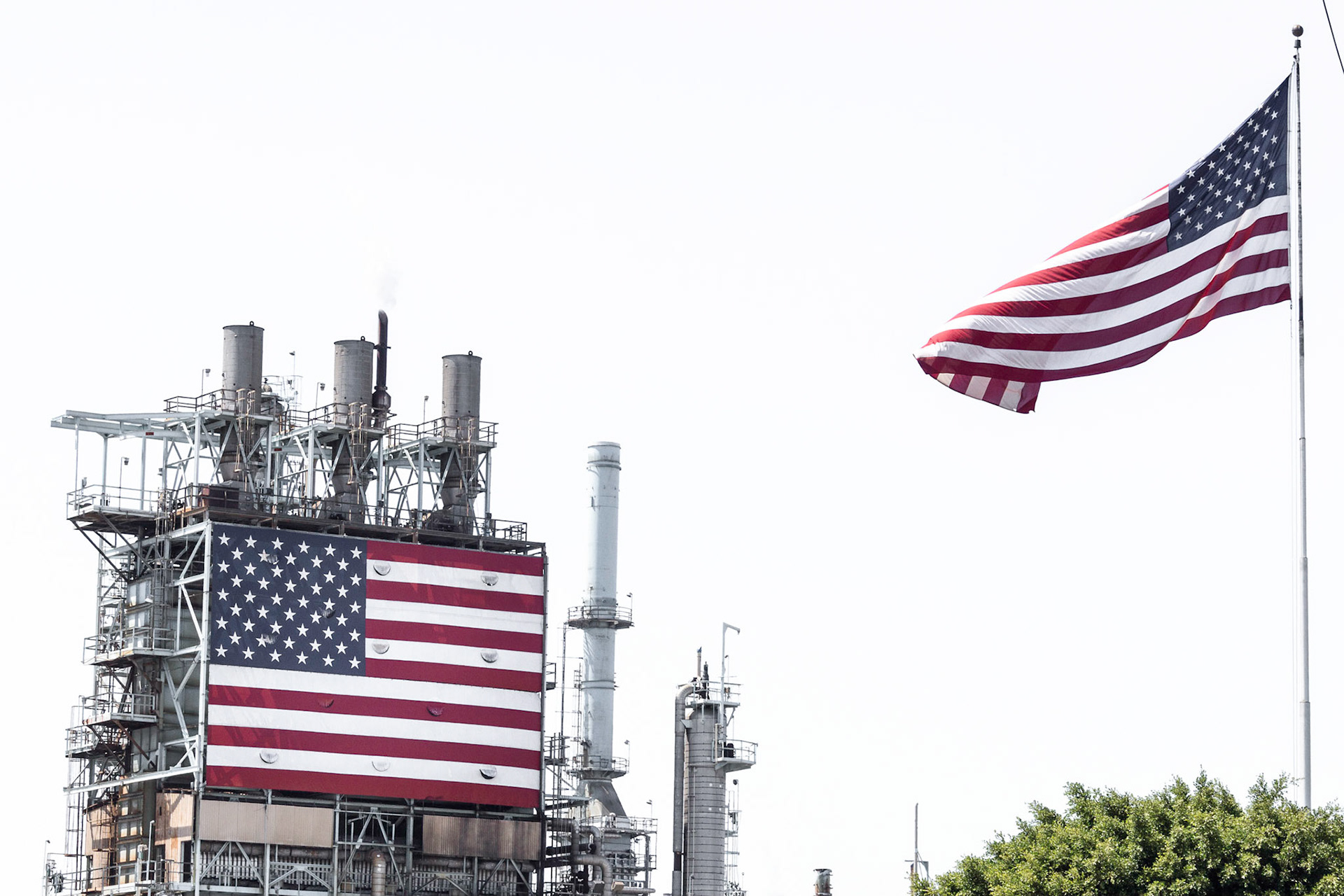
Carson

Cerritos
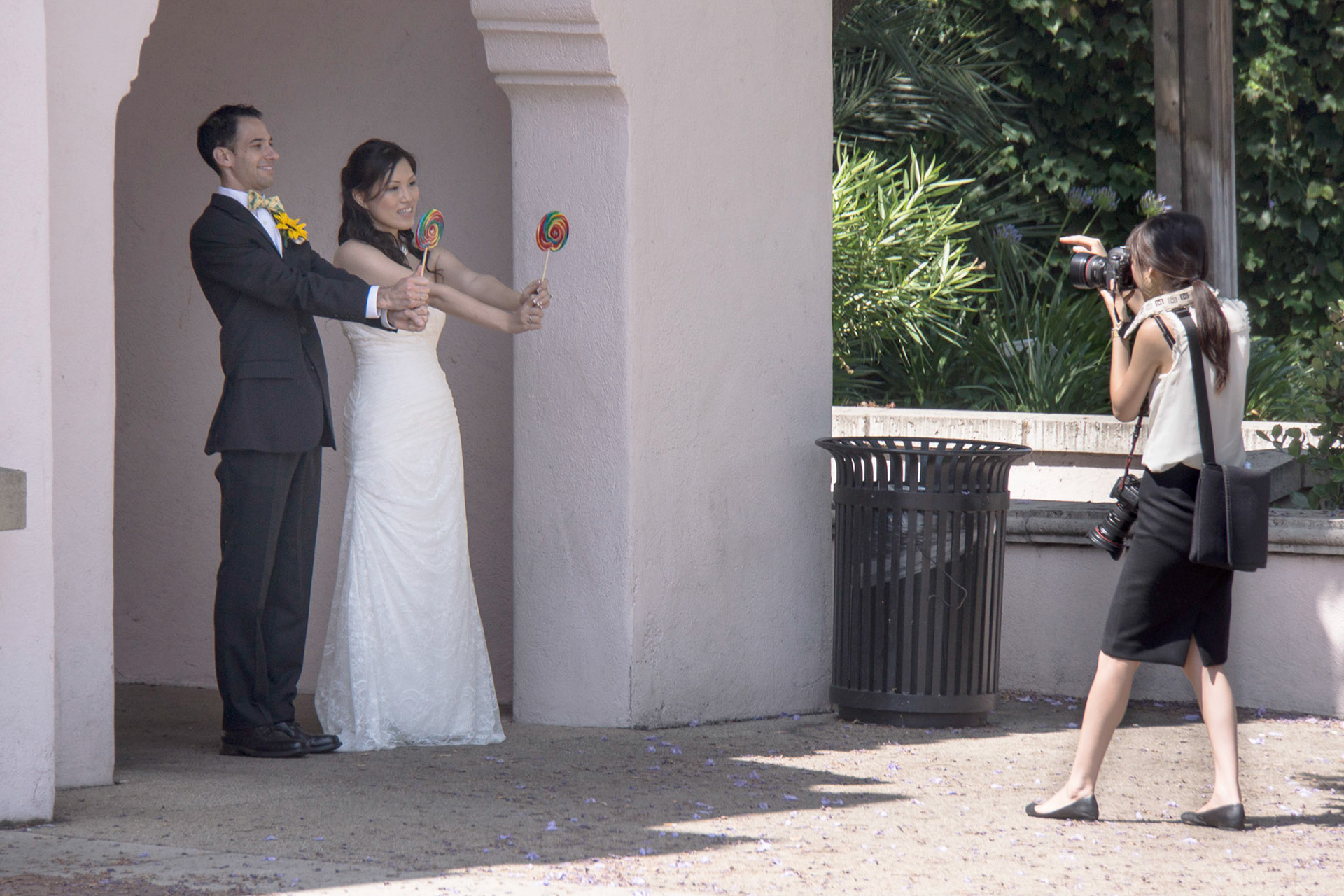
Claremont
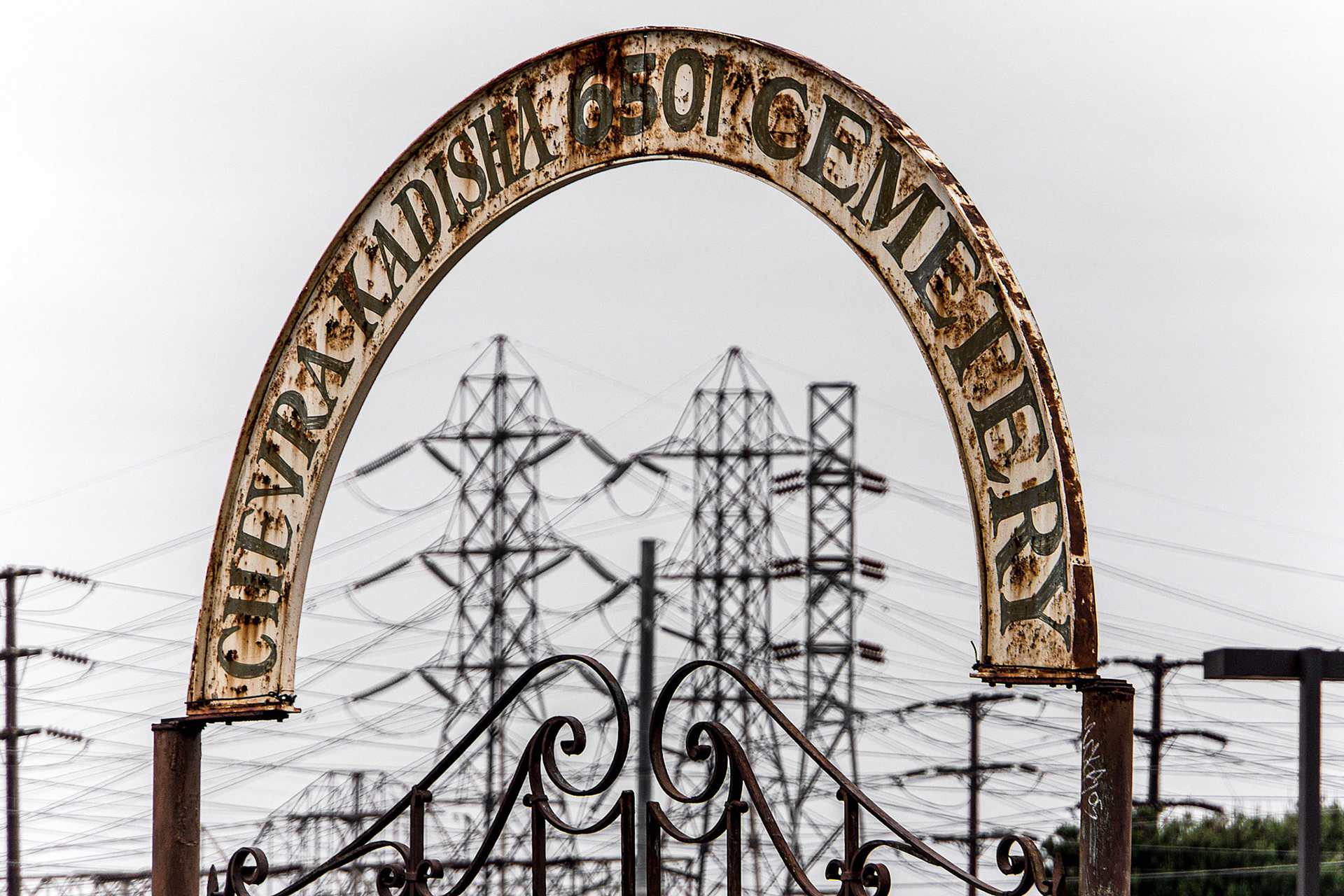
Commerce

Compton
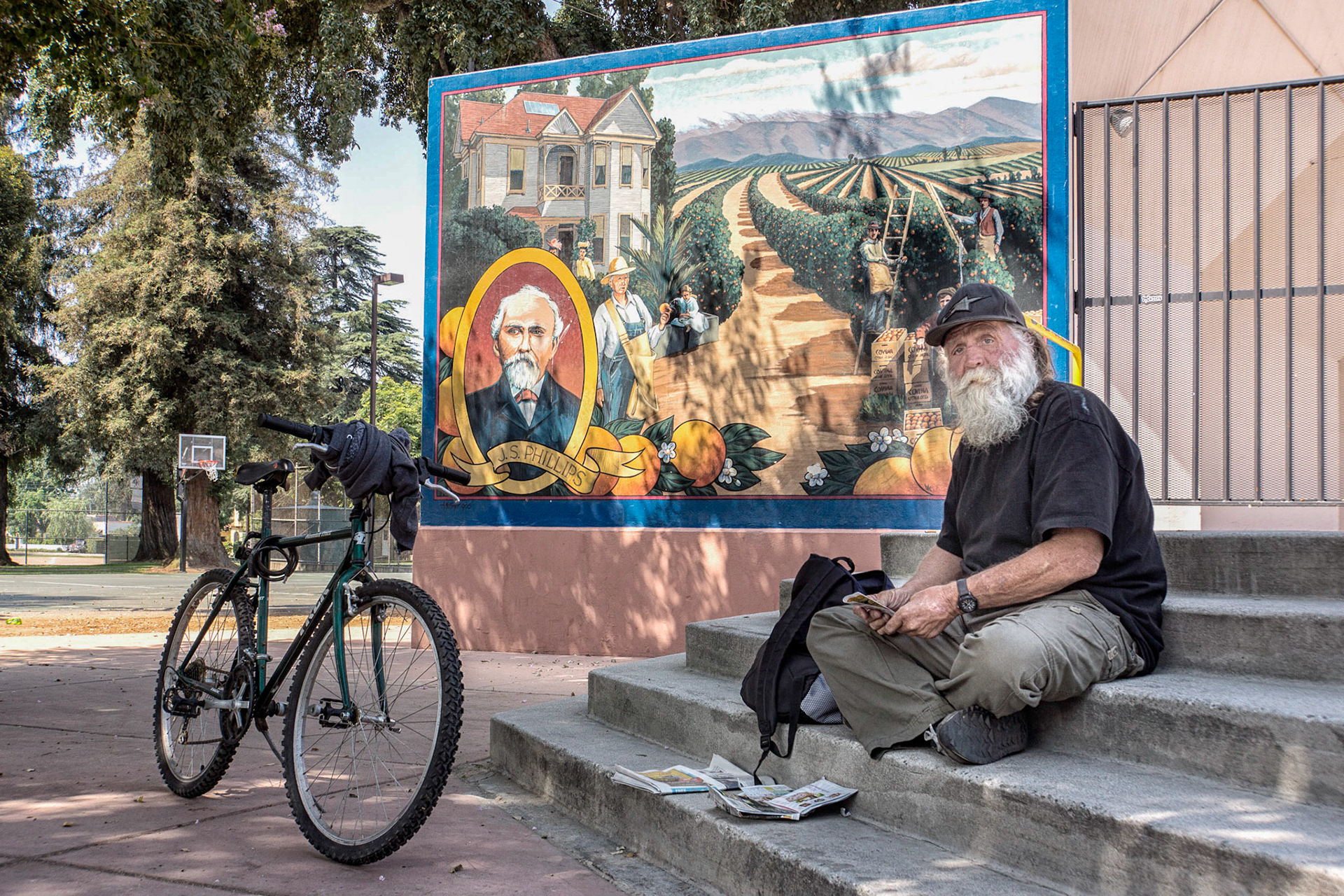
Covina
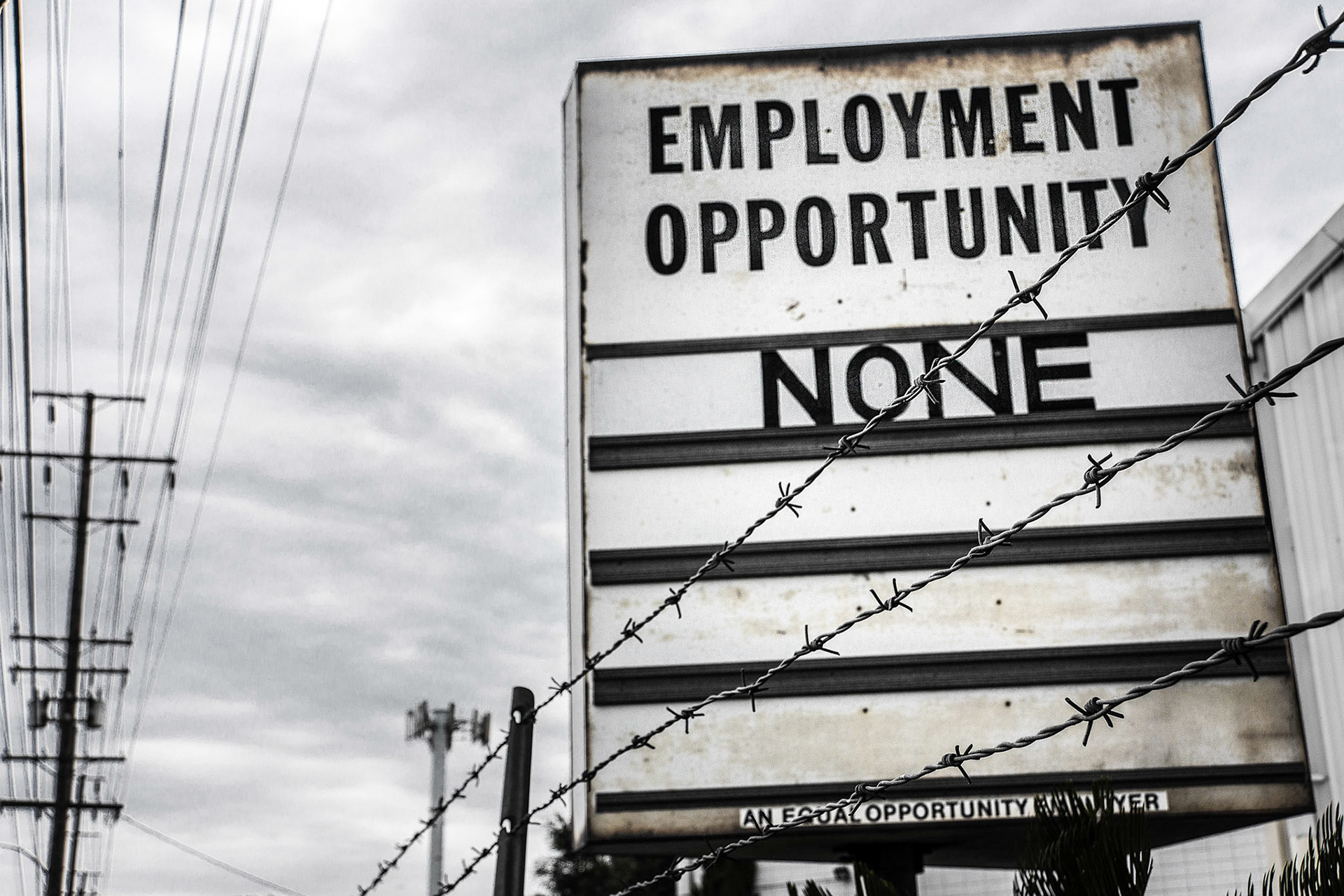
Cudahy
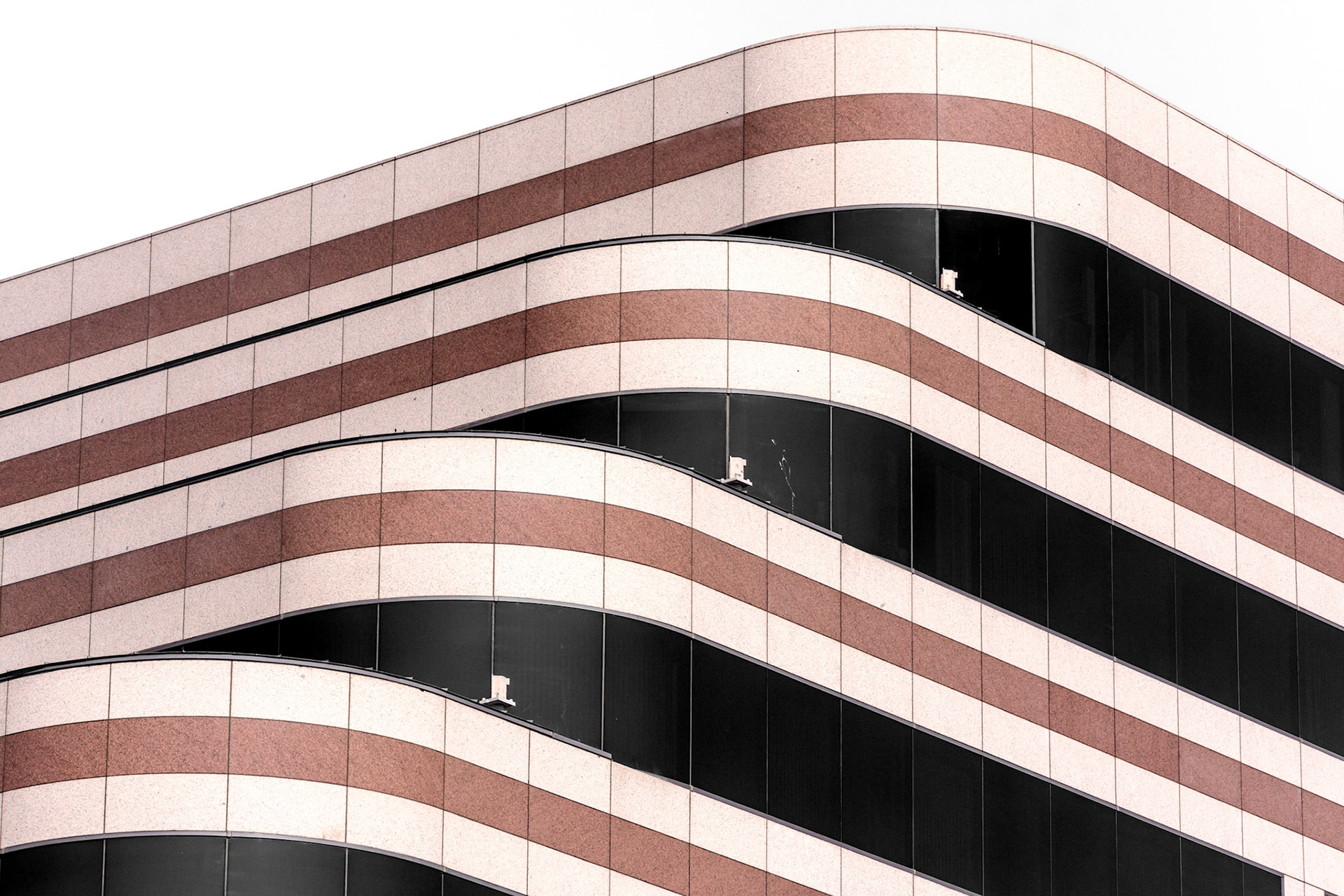
Culver City
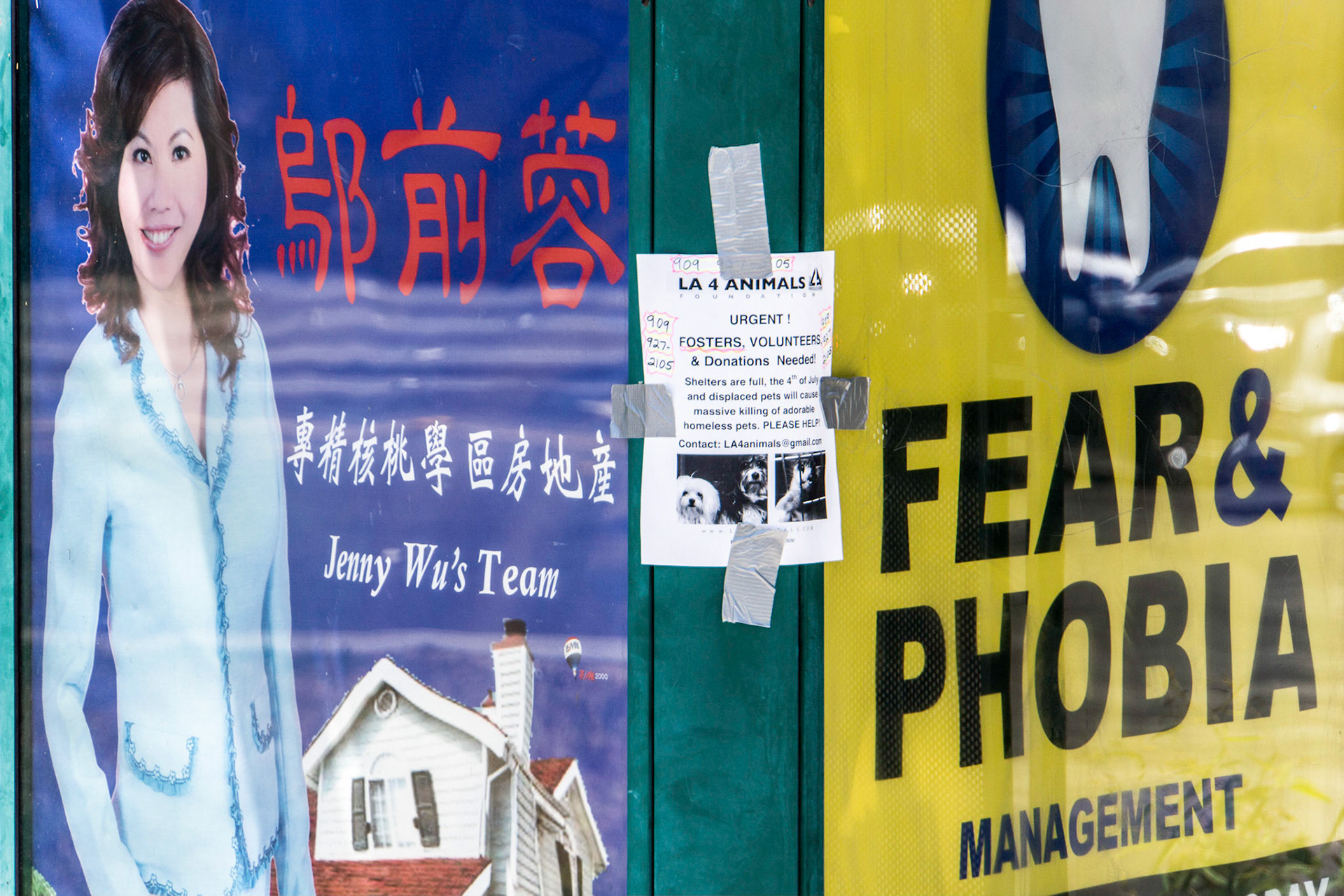
Diamond Bar
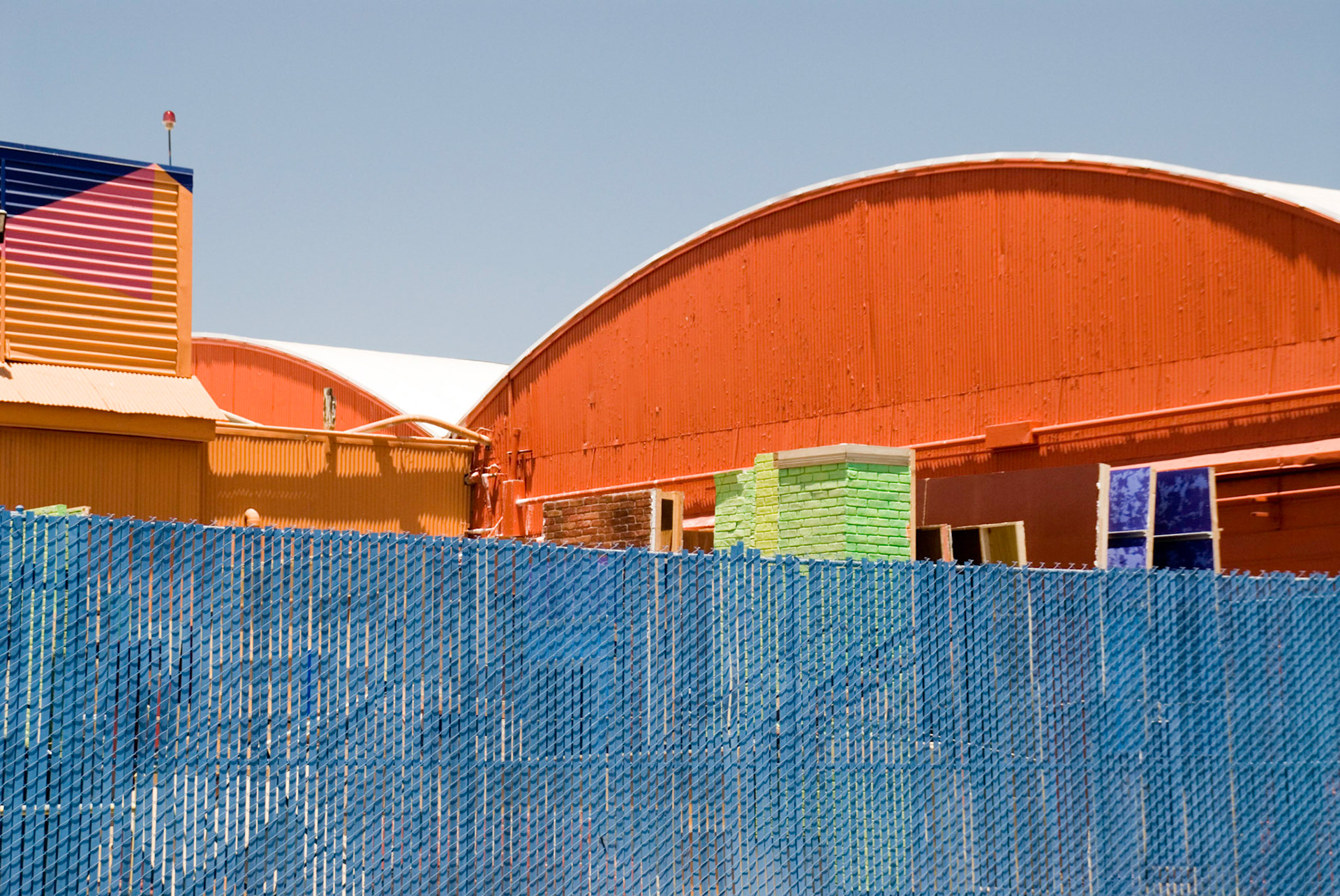
Downey

Duarte

El Monte
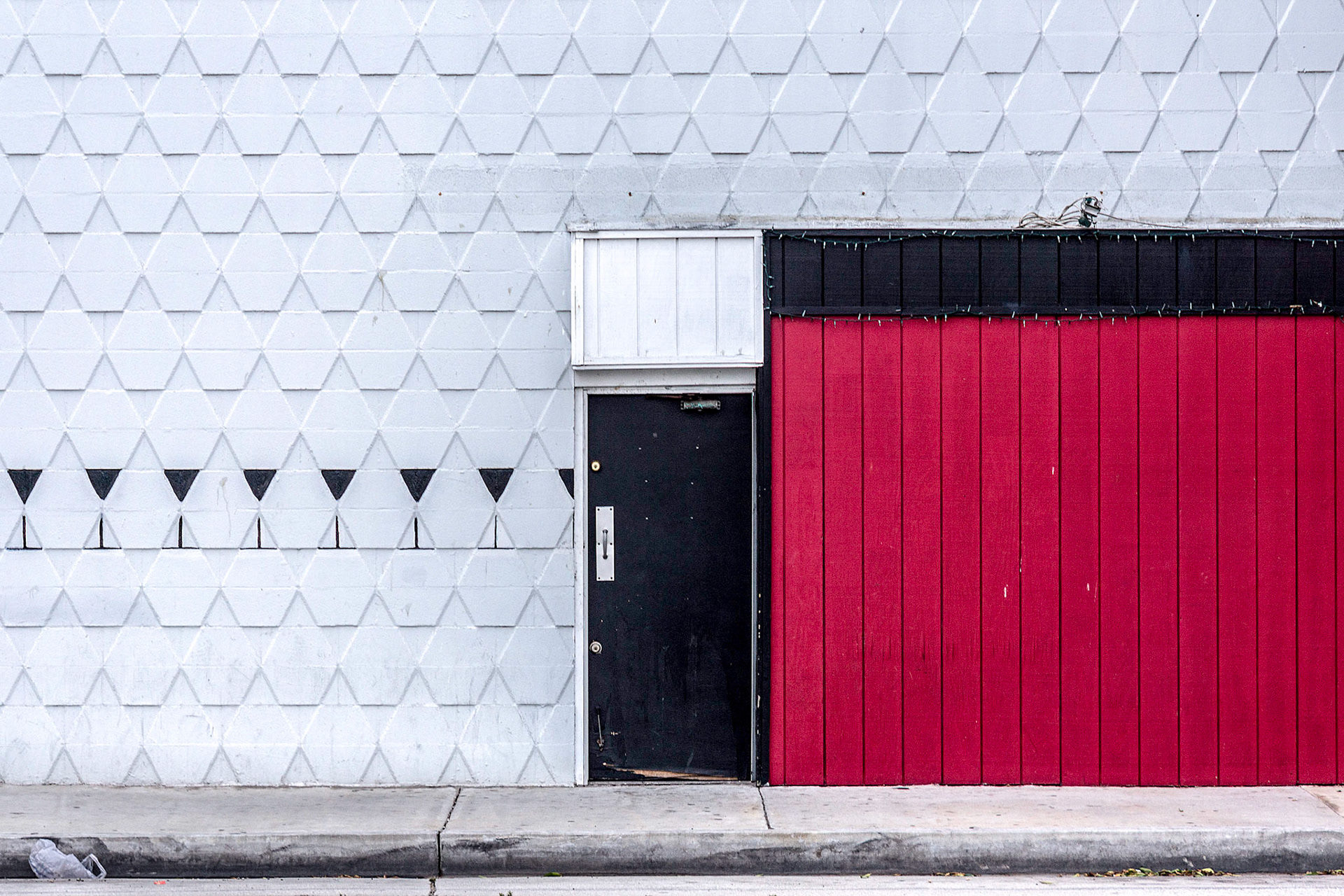
Gardena
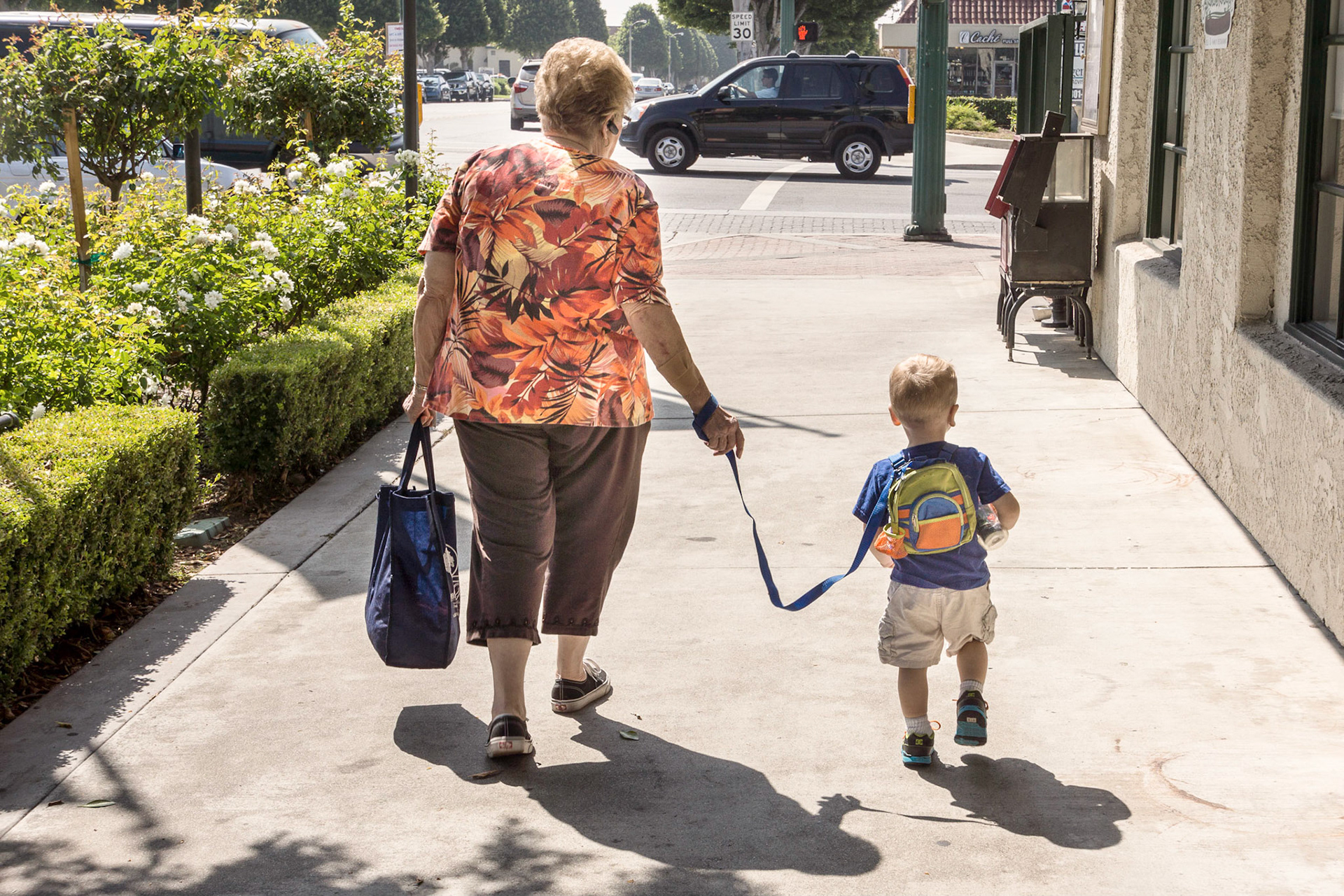
Glendora

Hawaiian Gardens
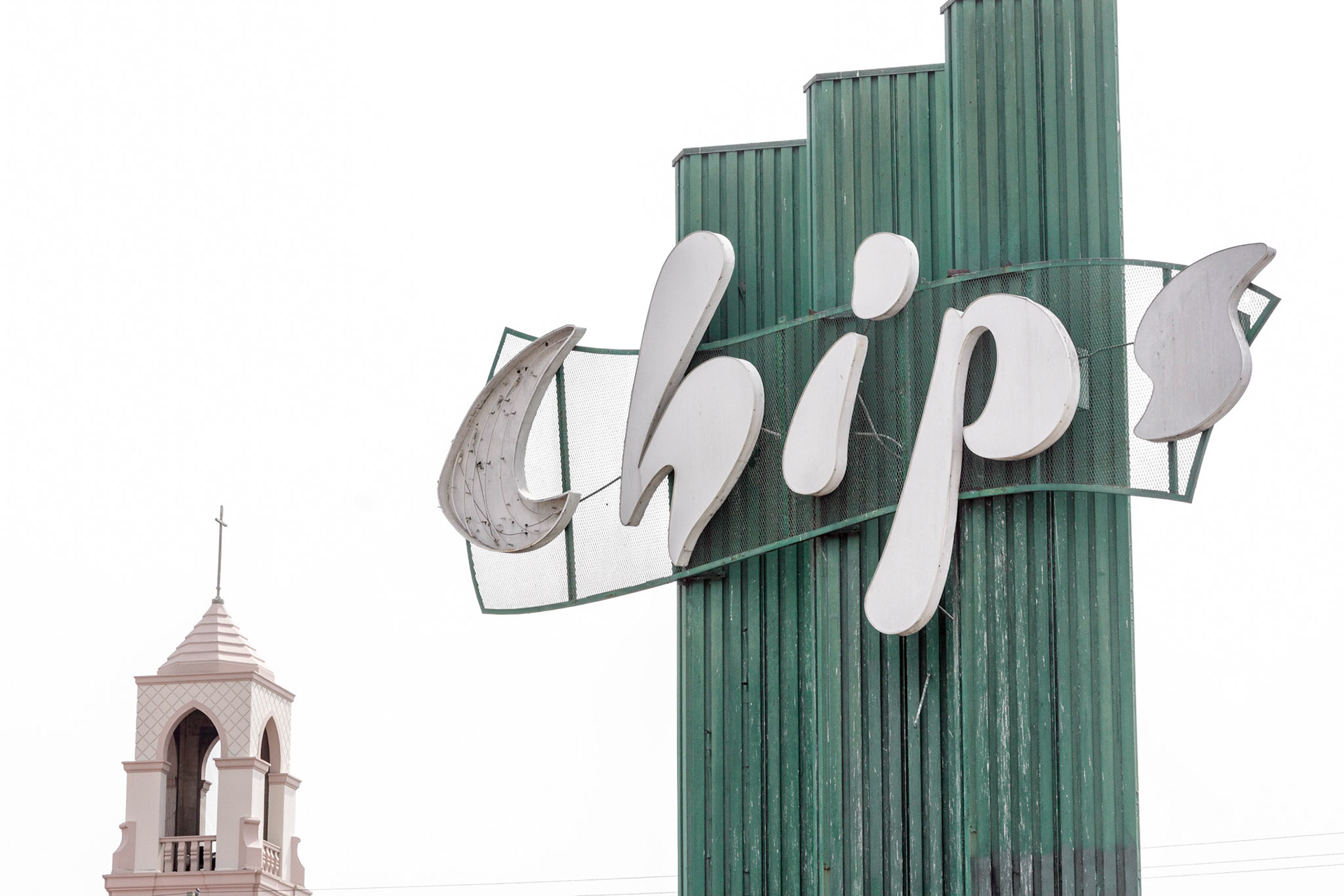
Hawthorne

Hermosa Beach
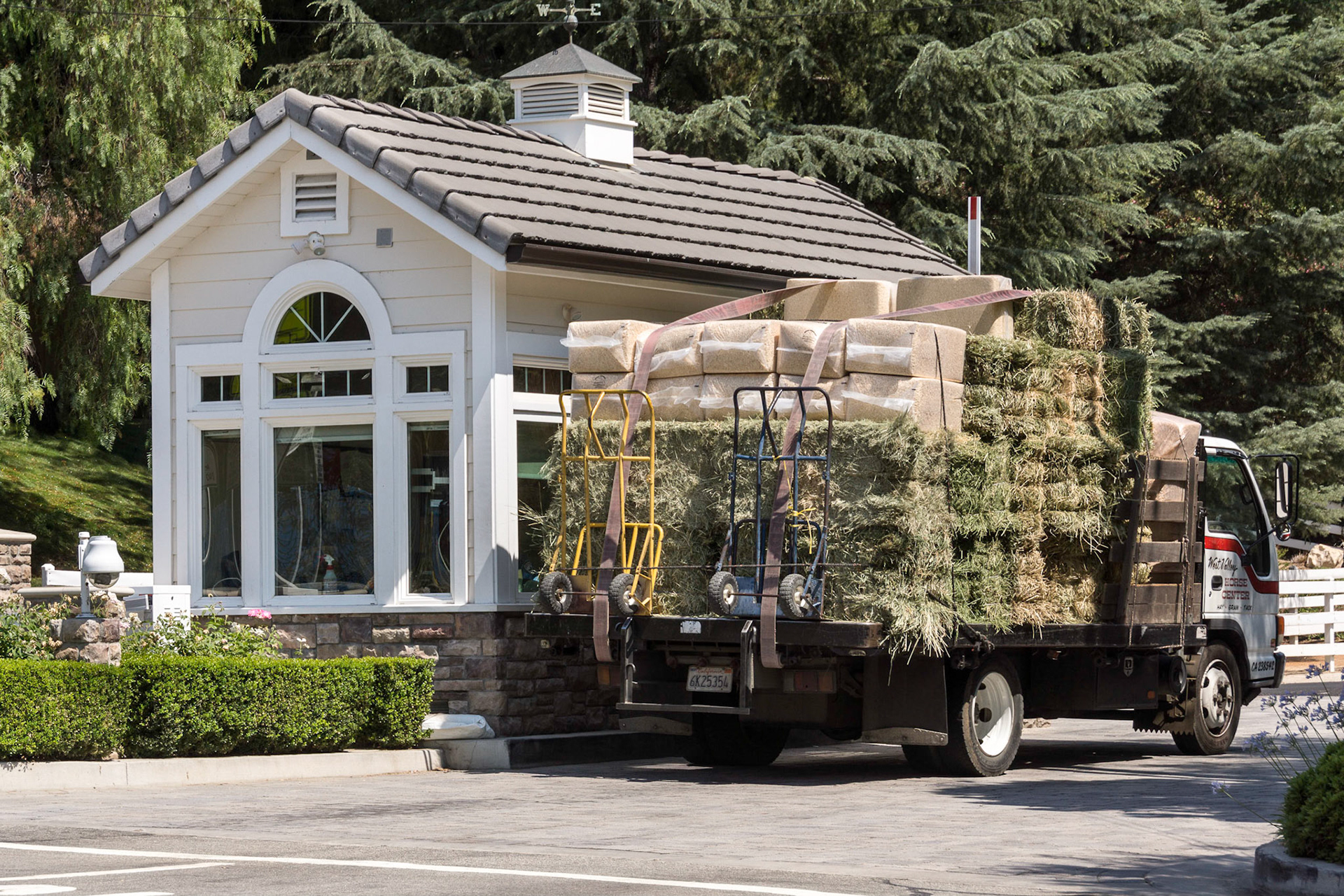
Hidden Hills

Huntington Park

Industry
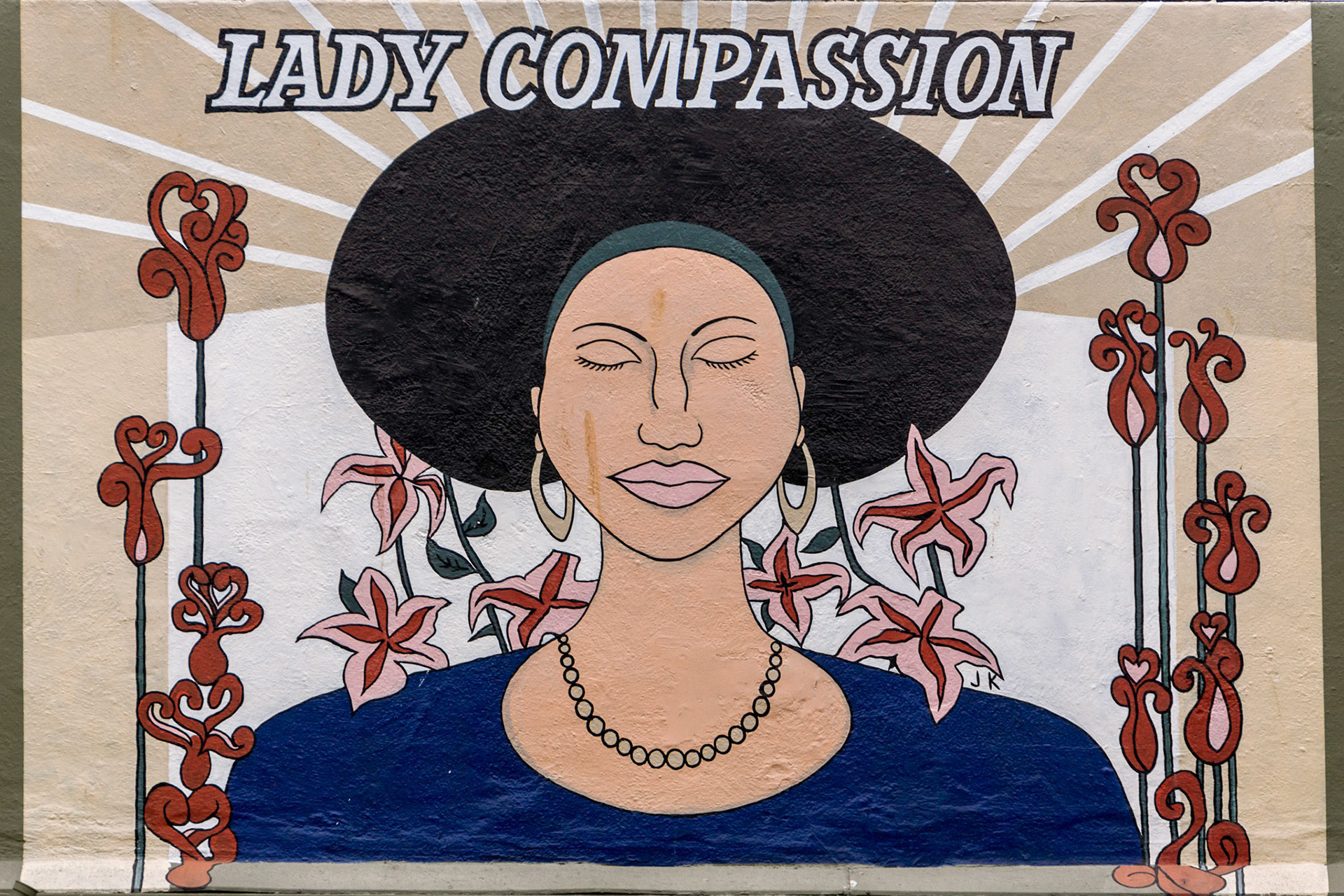
Inglewood
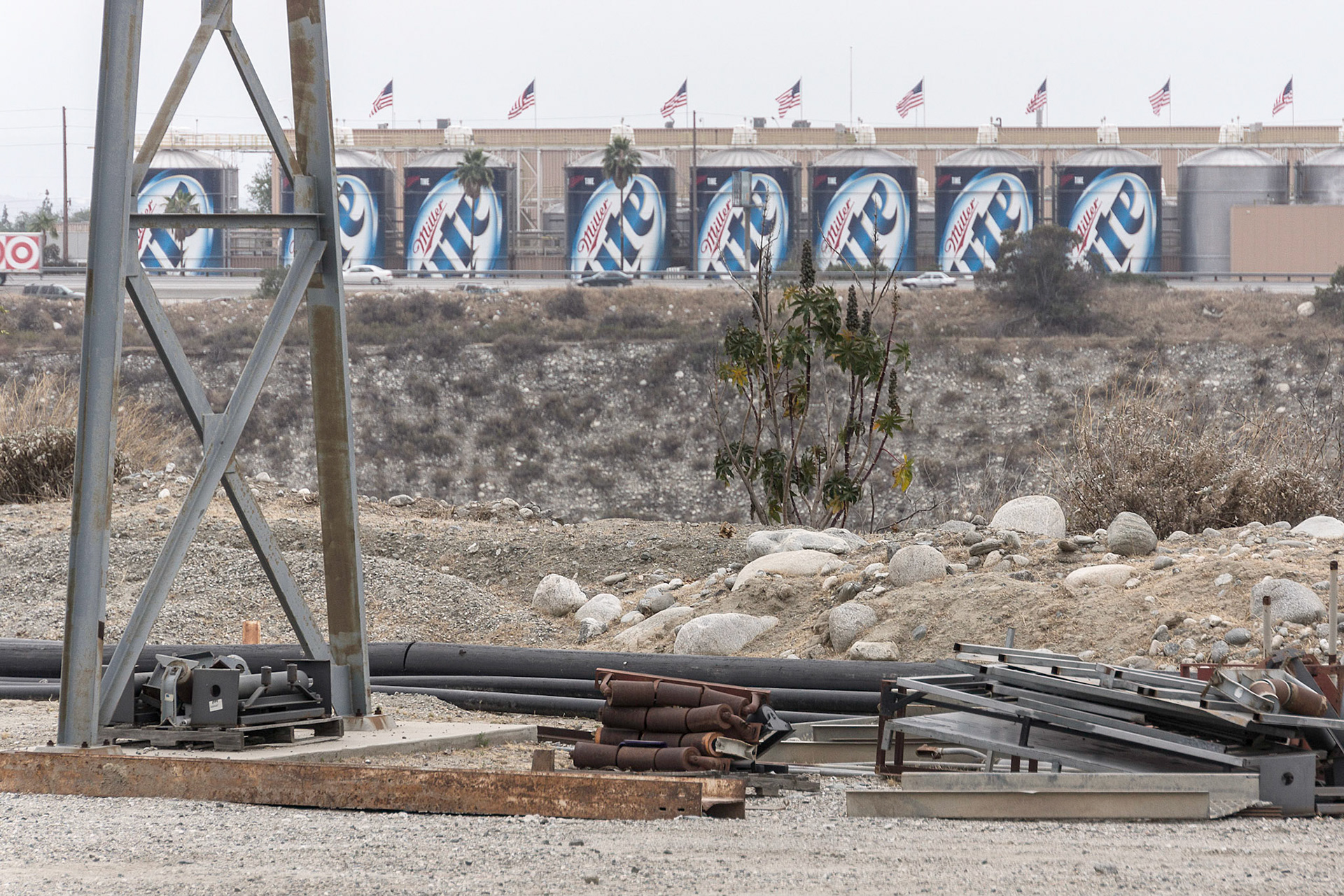
Irwindale
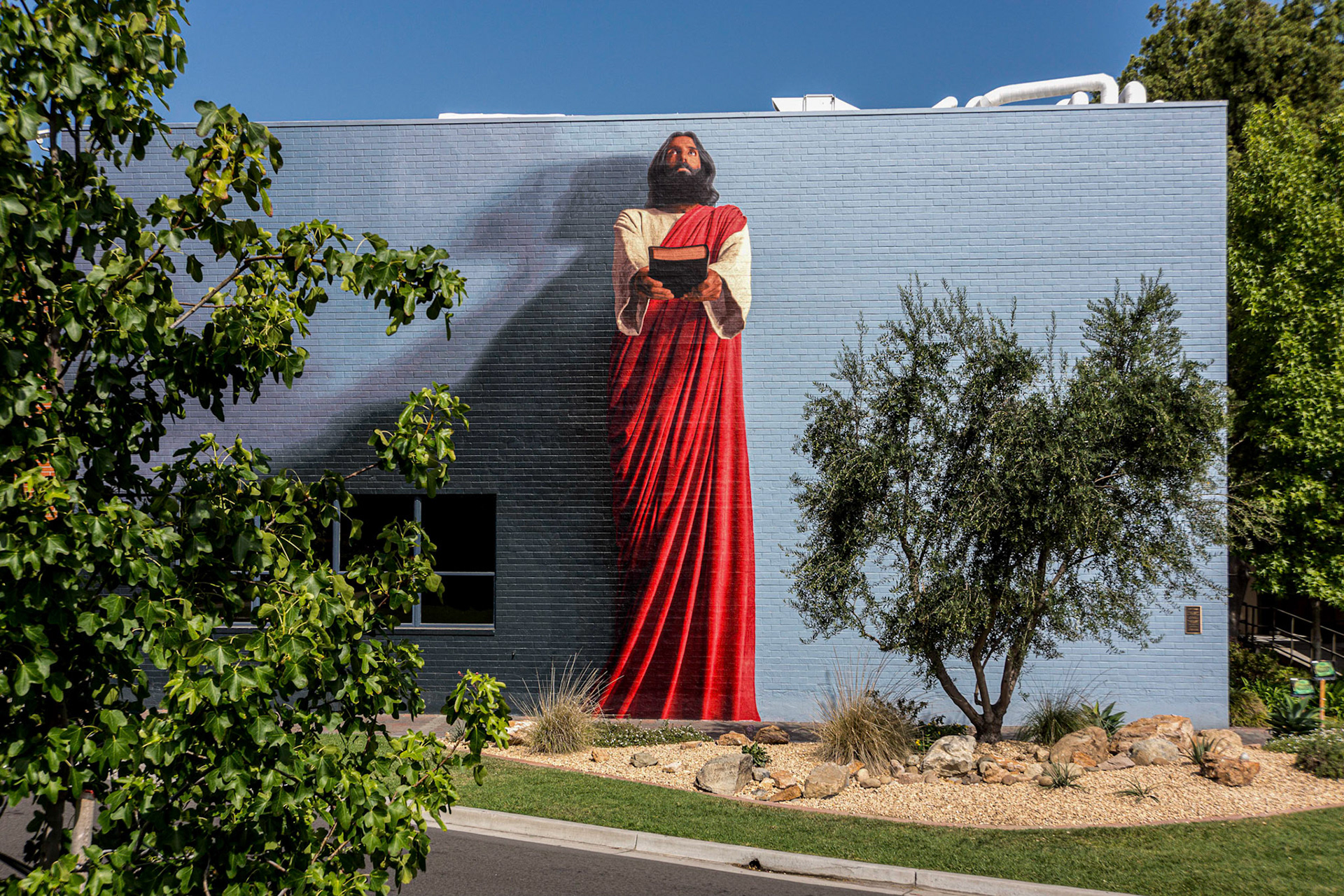
La Mirada

La Canada Flintridge

La Habra Heights
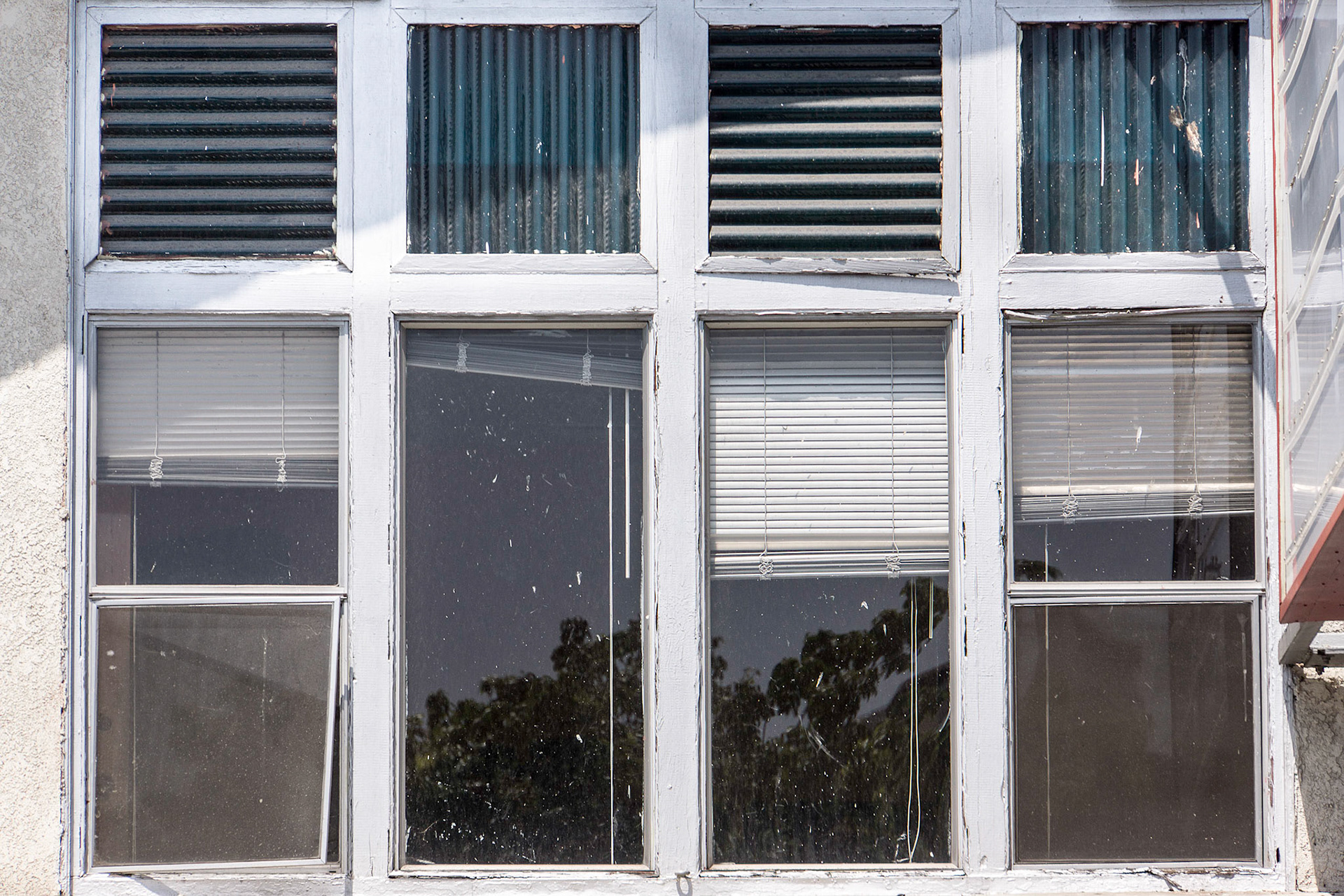
La Puente

La Verne
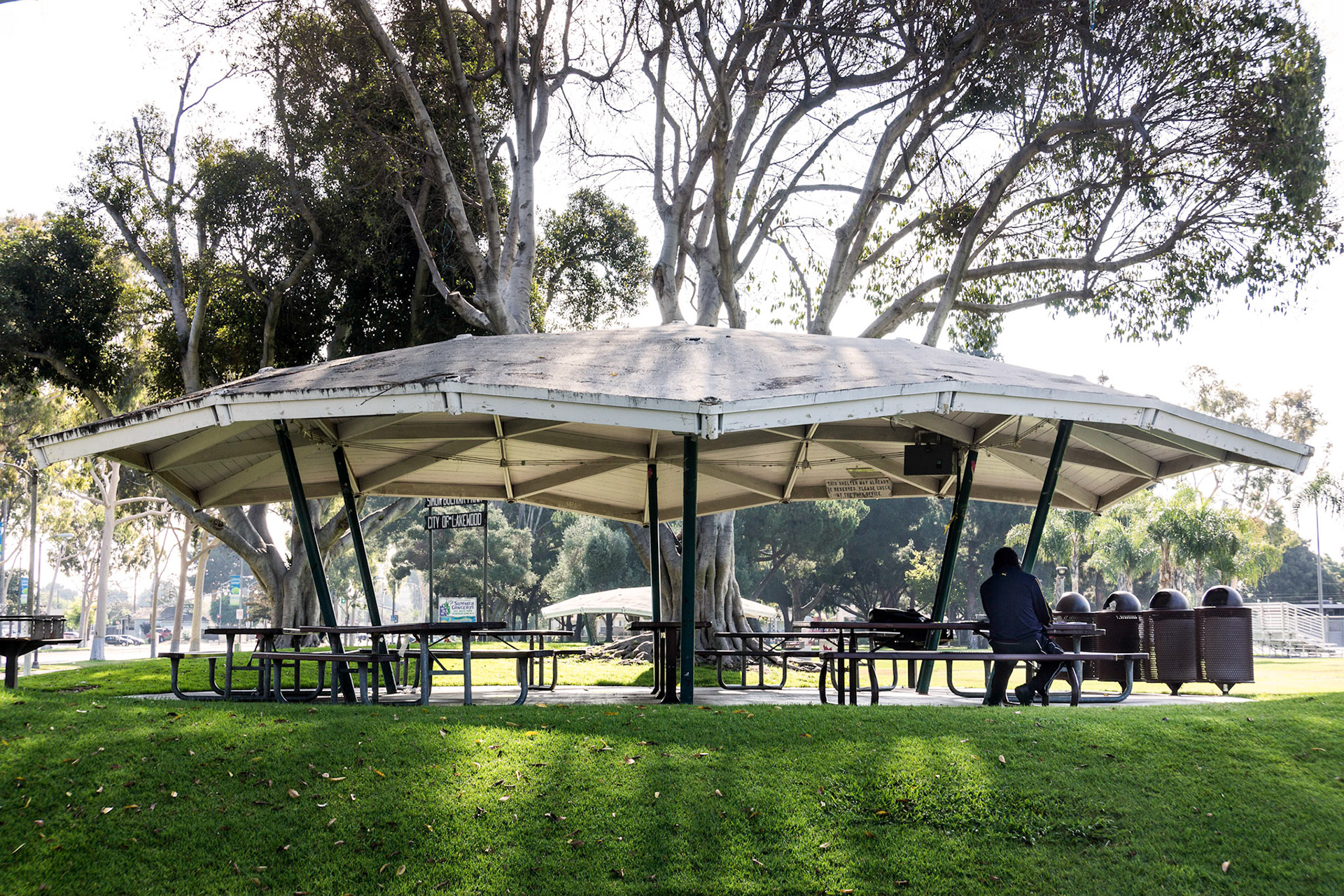
Lakewood

Lancaster

Lawndale
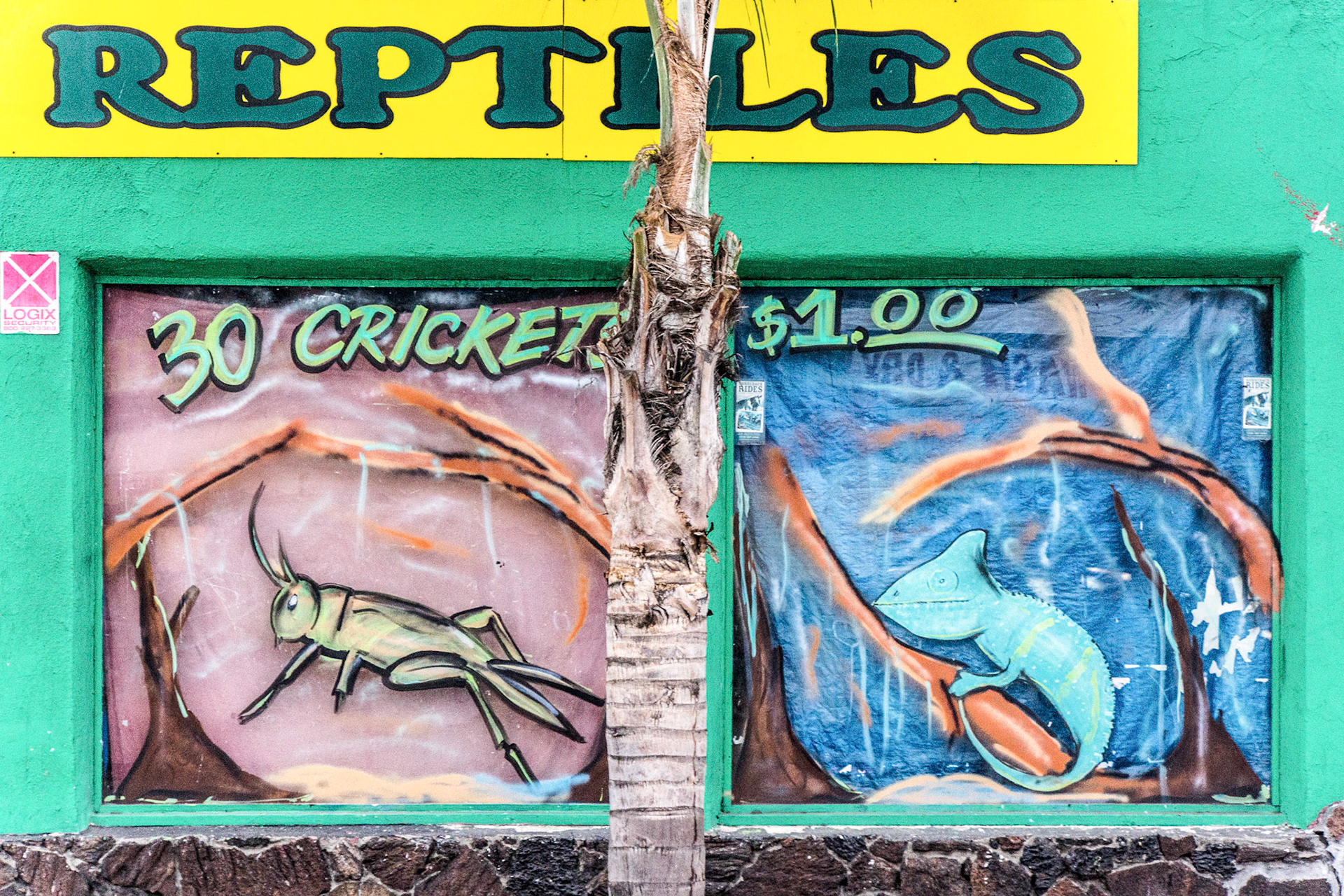
Lomita
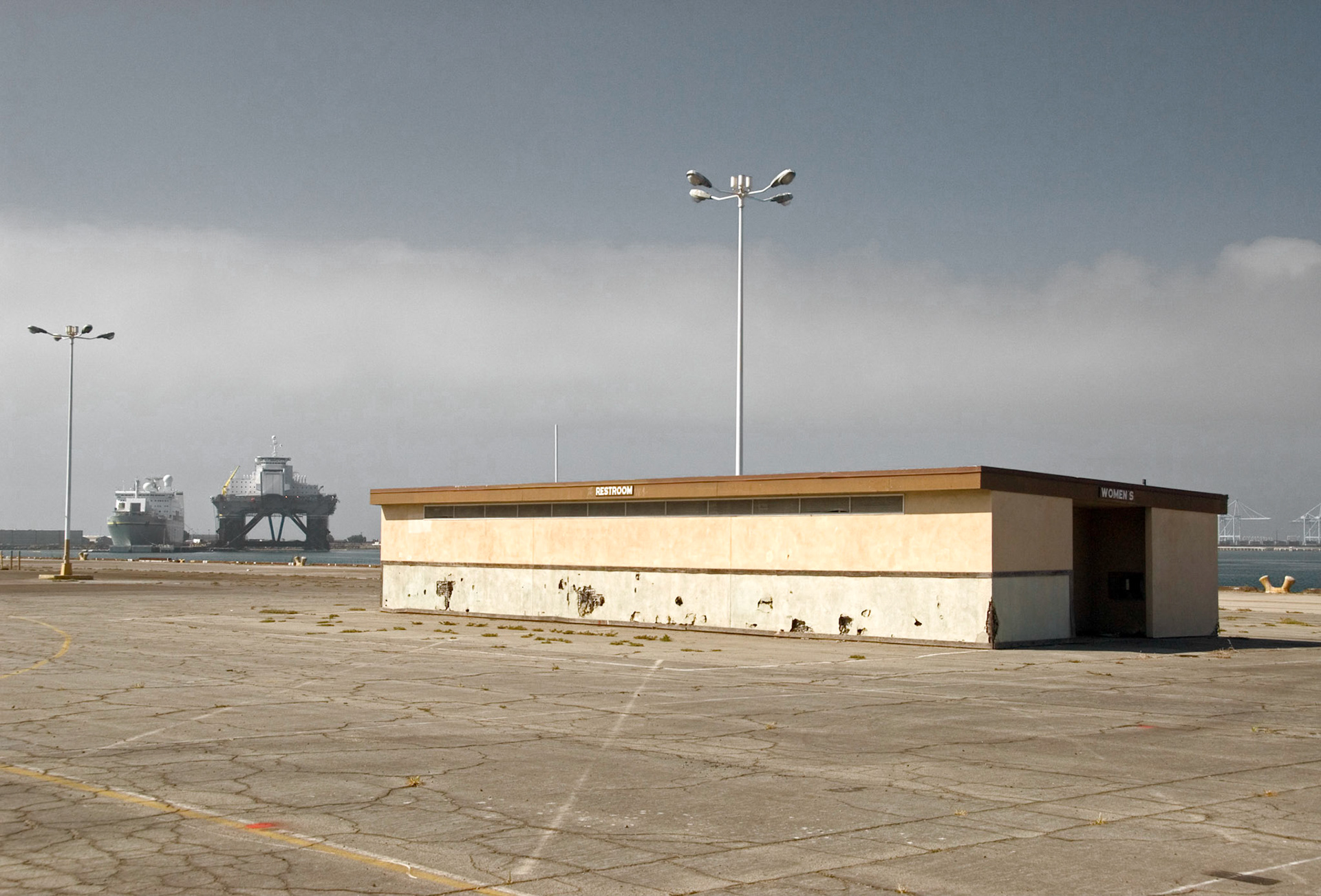
Long Beach

Lynwood

Manhattan Beach

Maywood
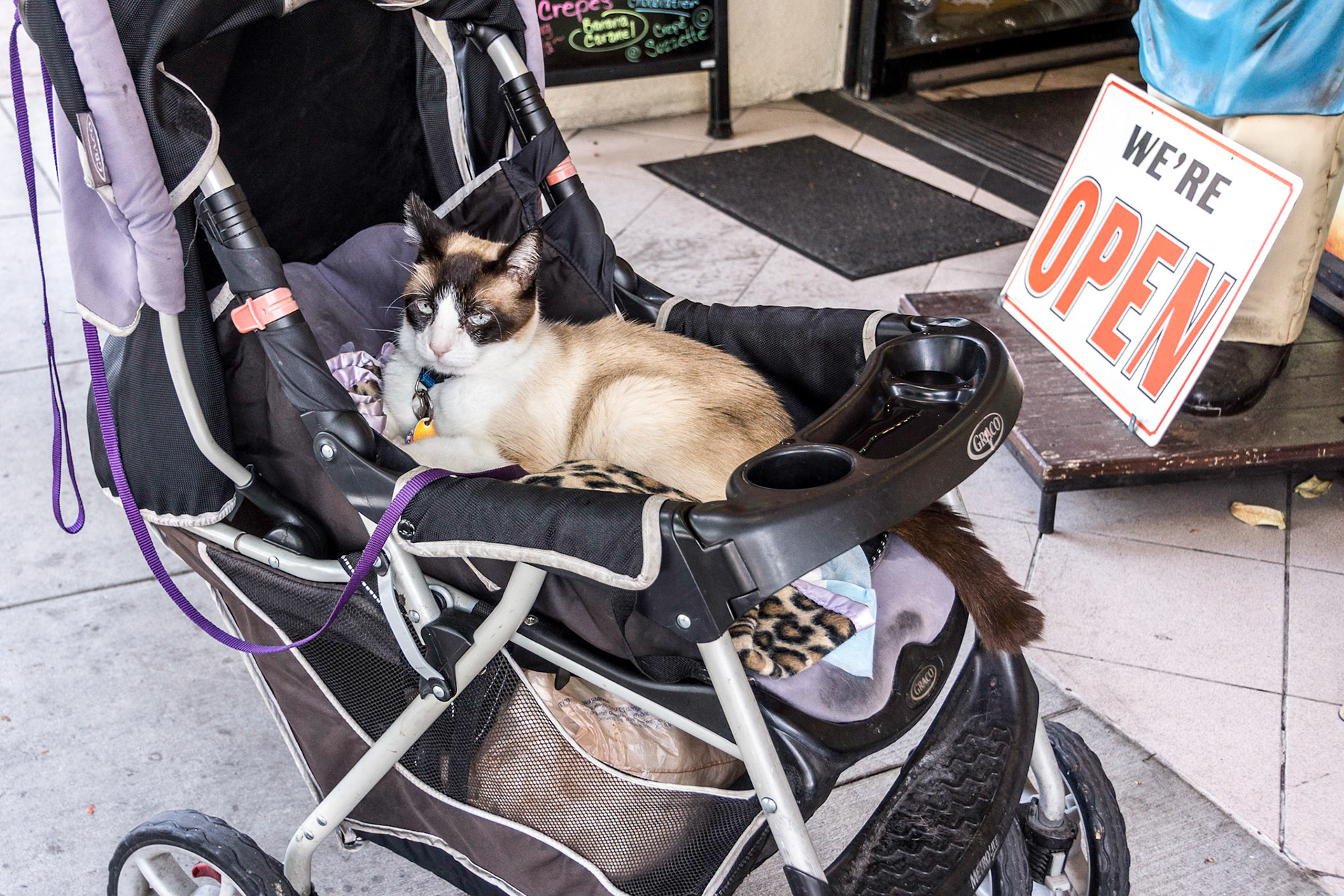
Monrovia
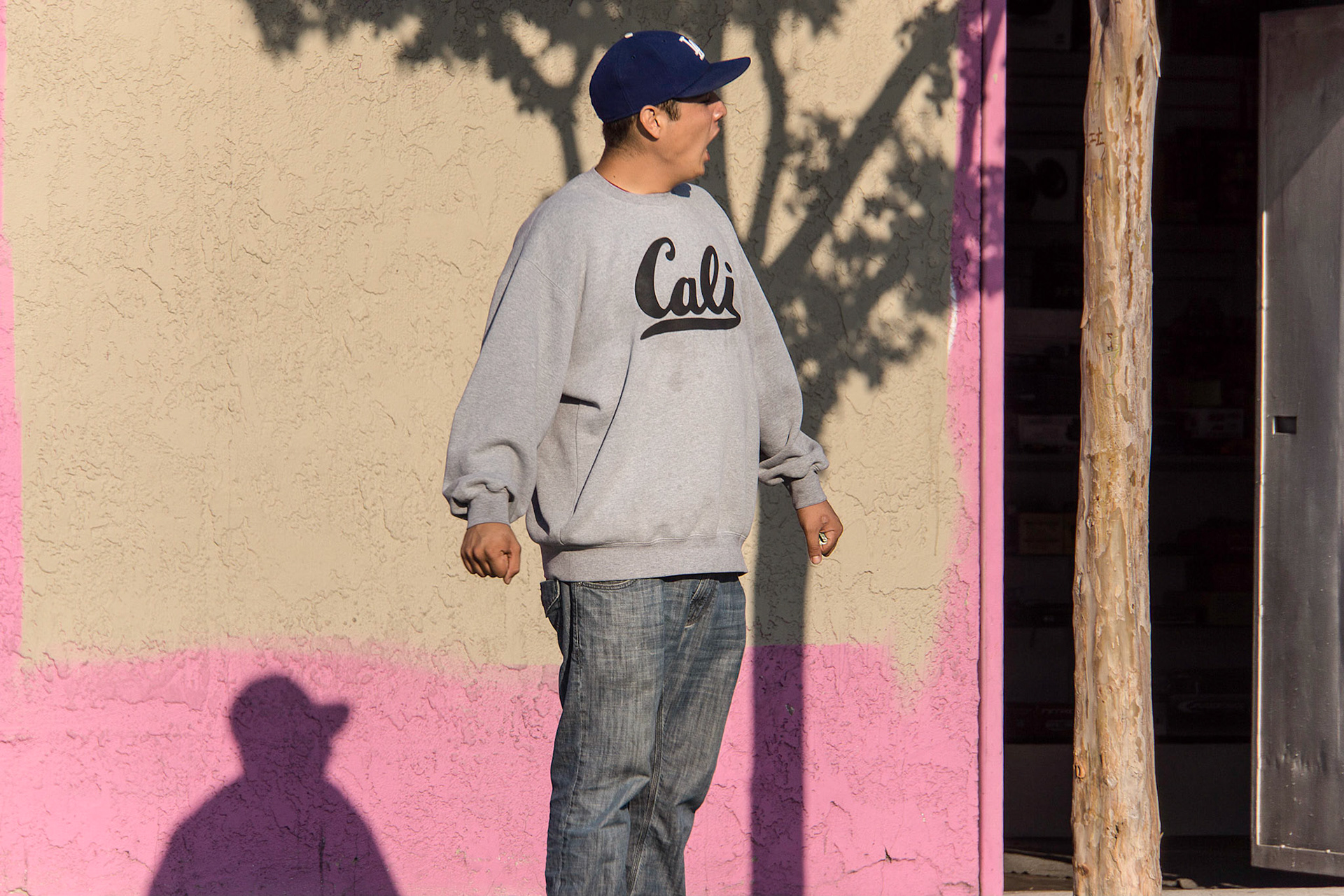
Norwalk

Palos Verdes Estates

Palmdale
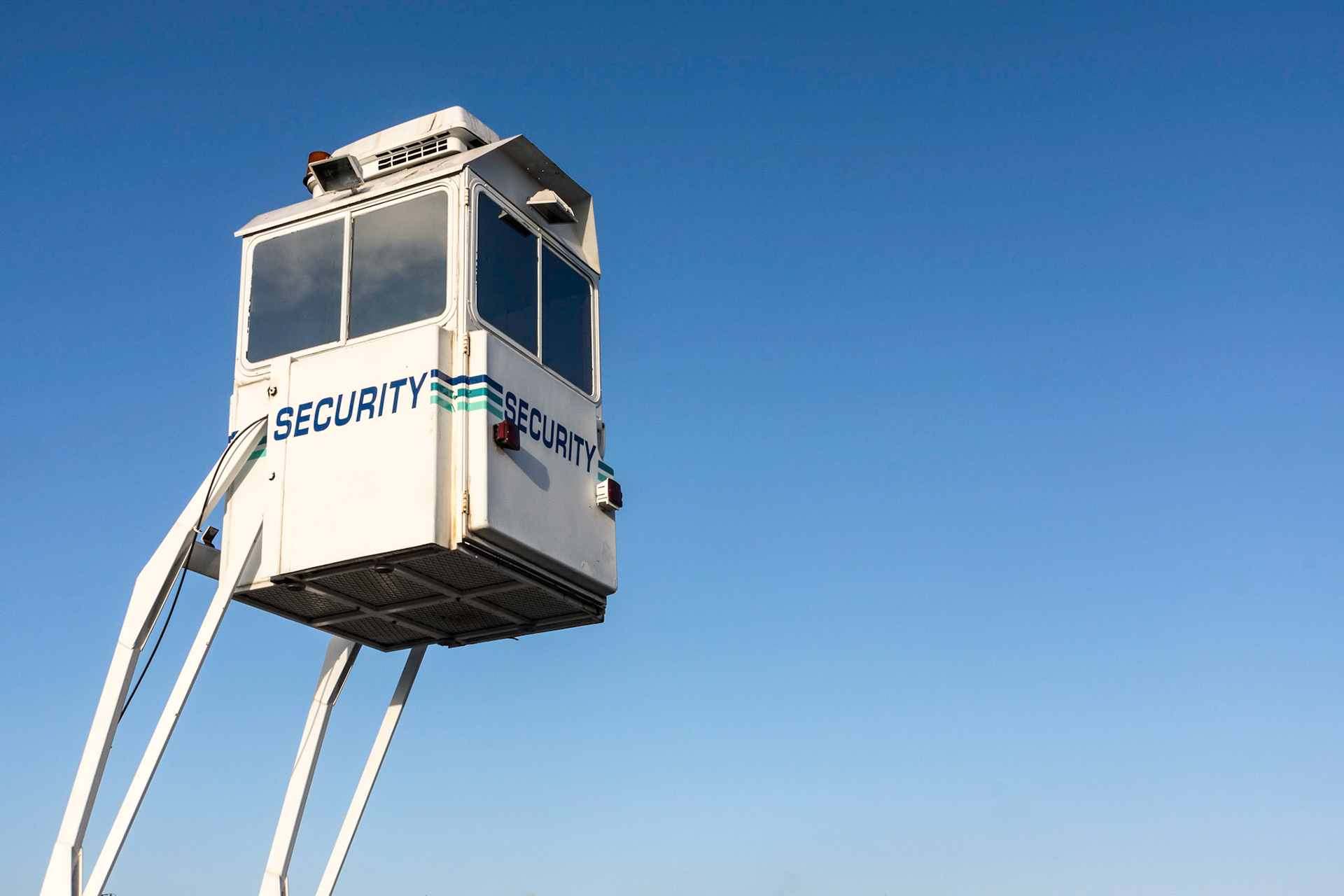
Paramount
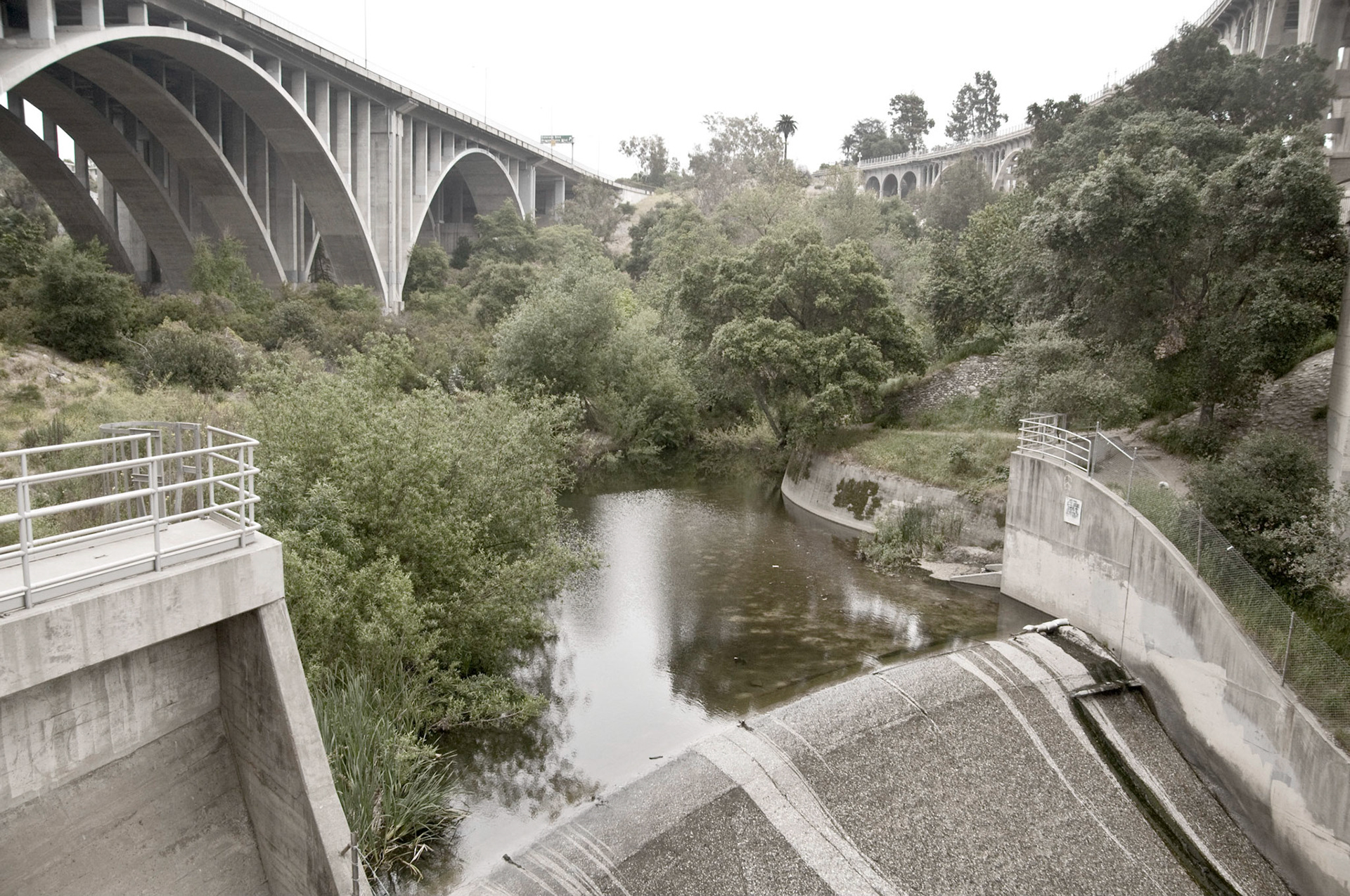
Pasadena
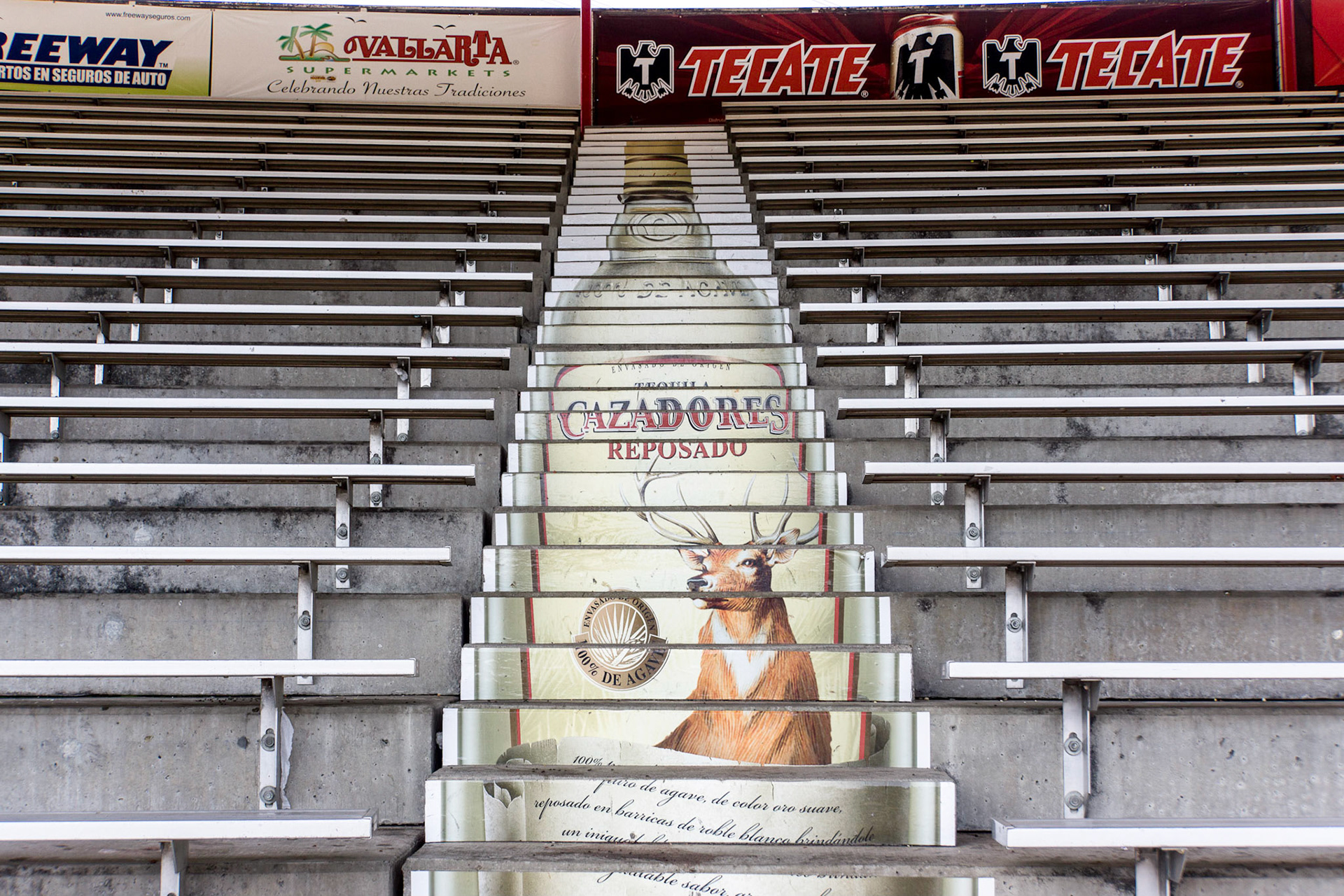
Pico Rivera

Pomona

Rolling Hills Estates

Rancho Palos Verdes
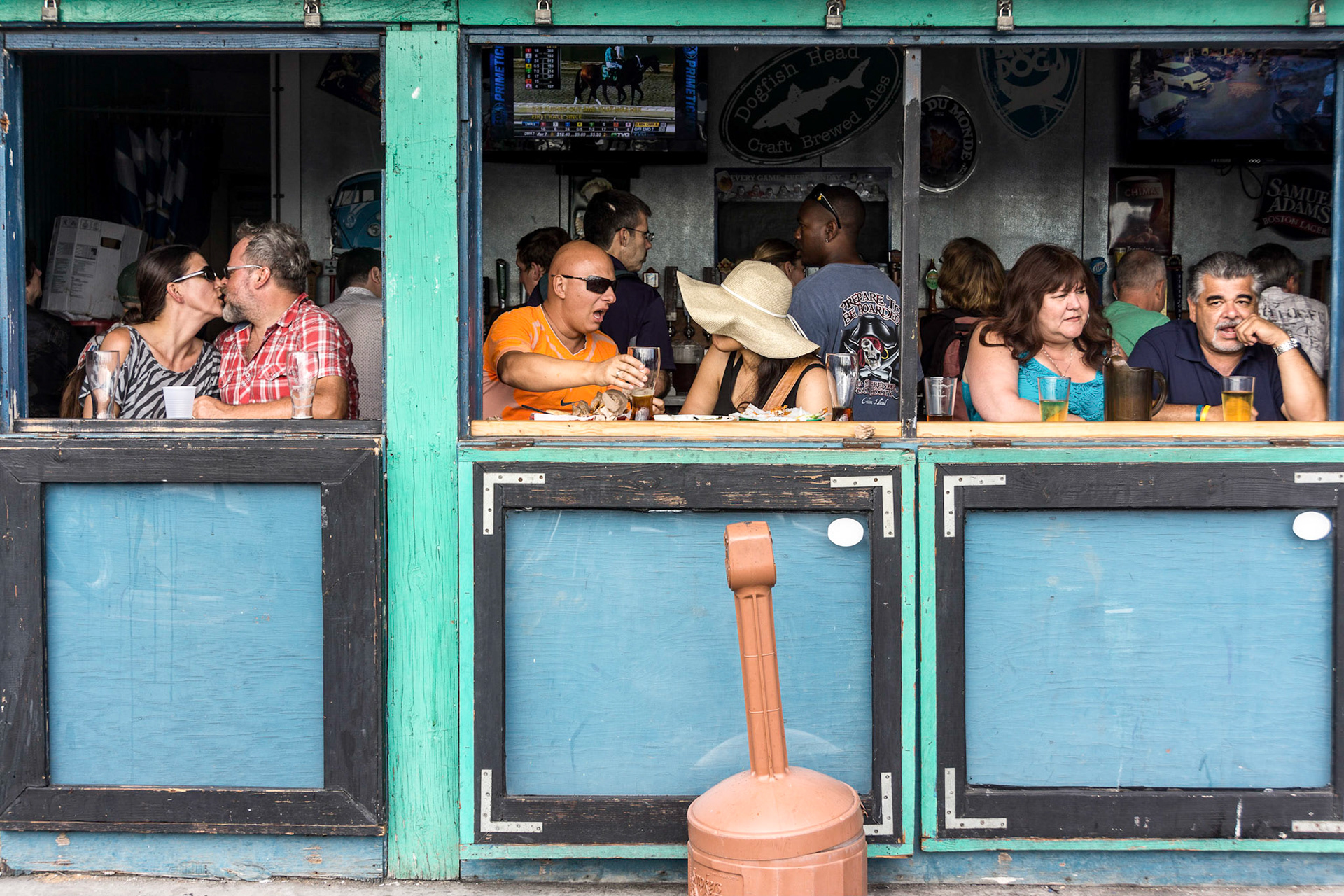
Redondo Beach
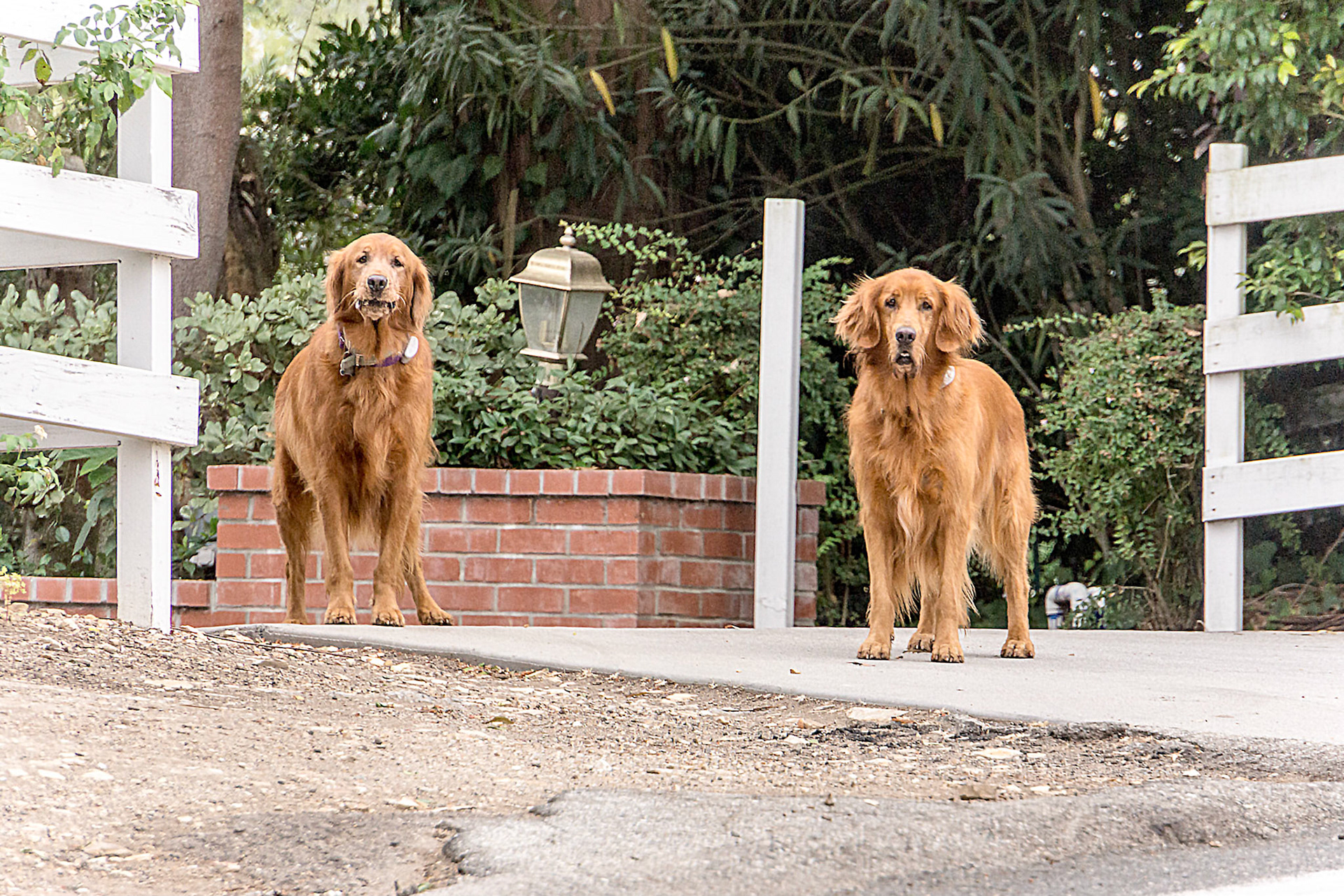
Rolling Hills
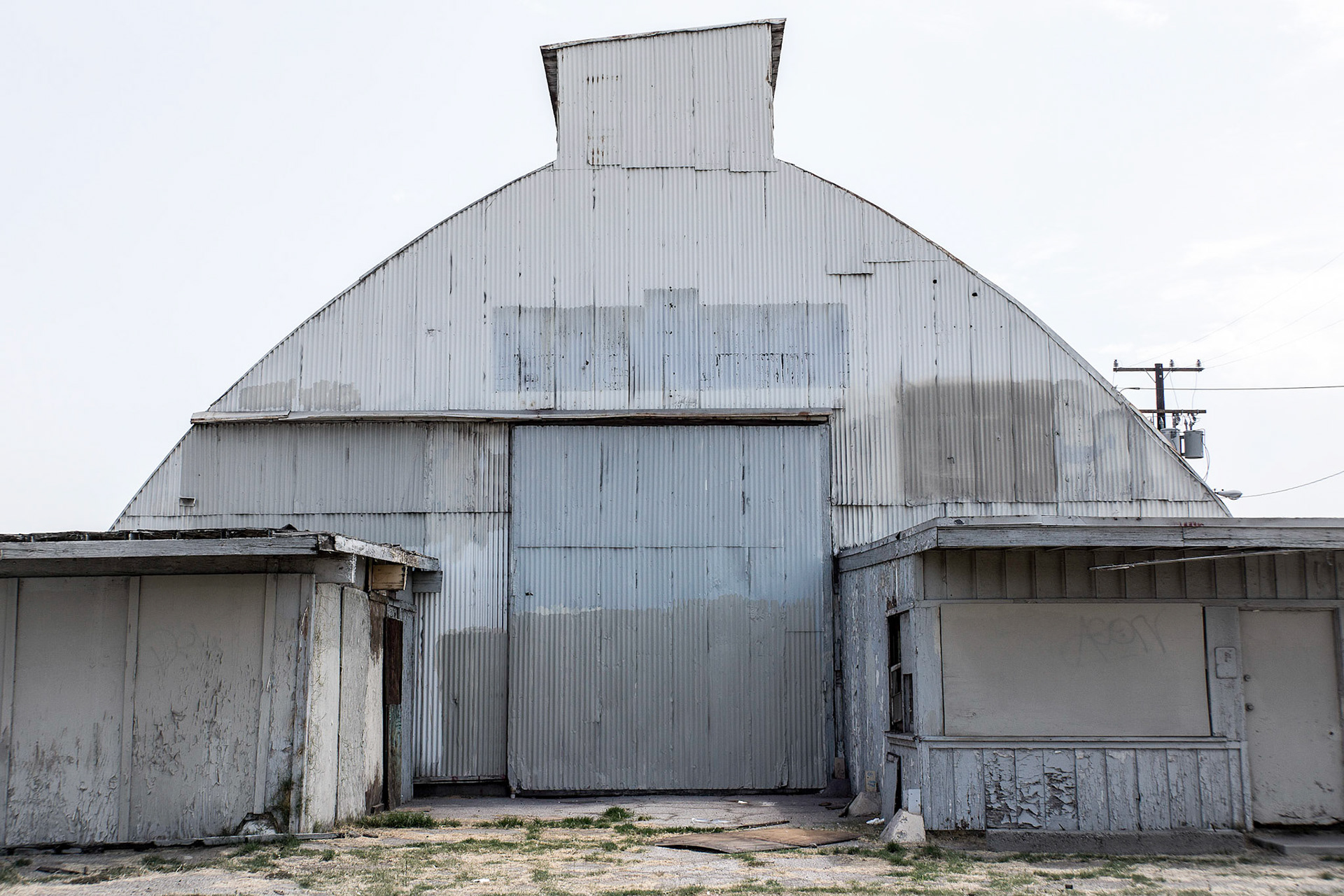
Rosemead

San Dimas
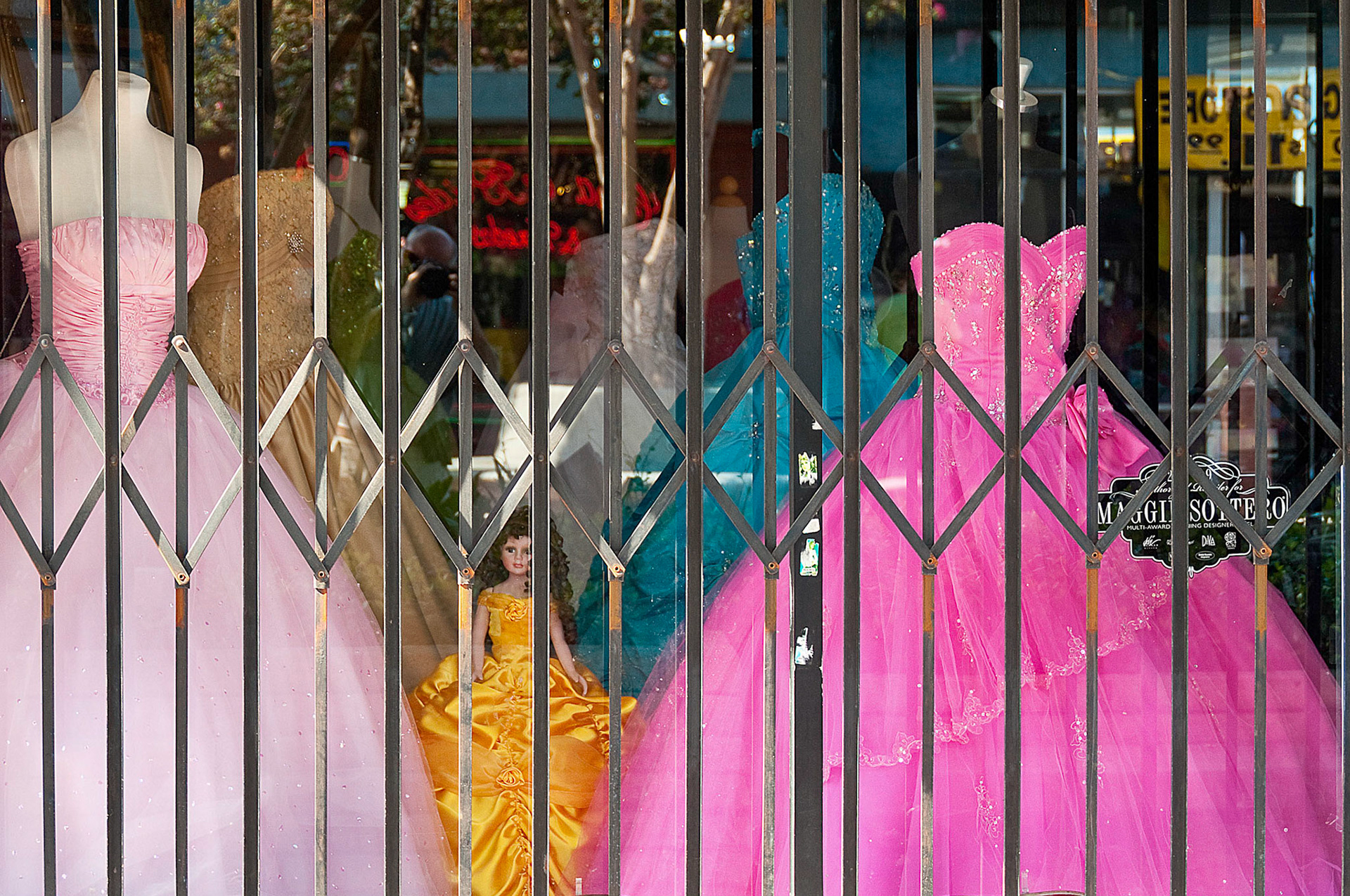
San Fernando

San Marino
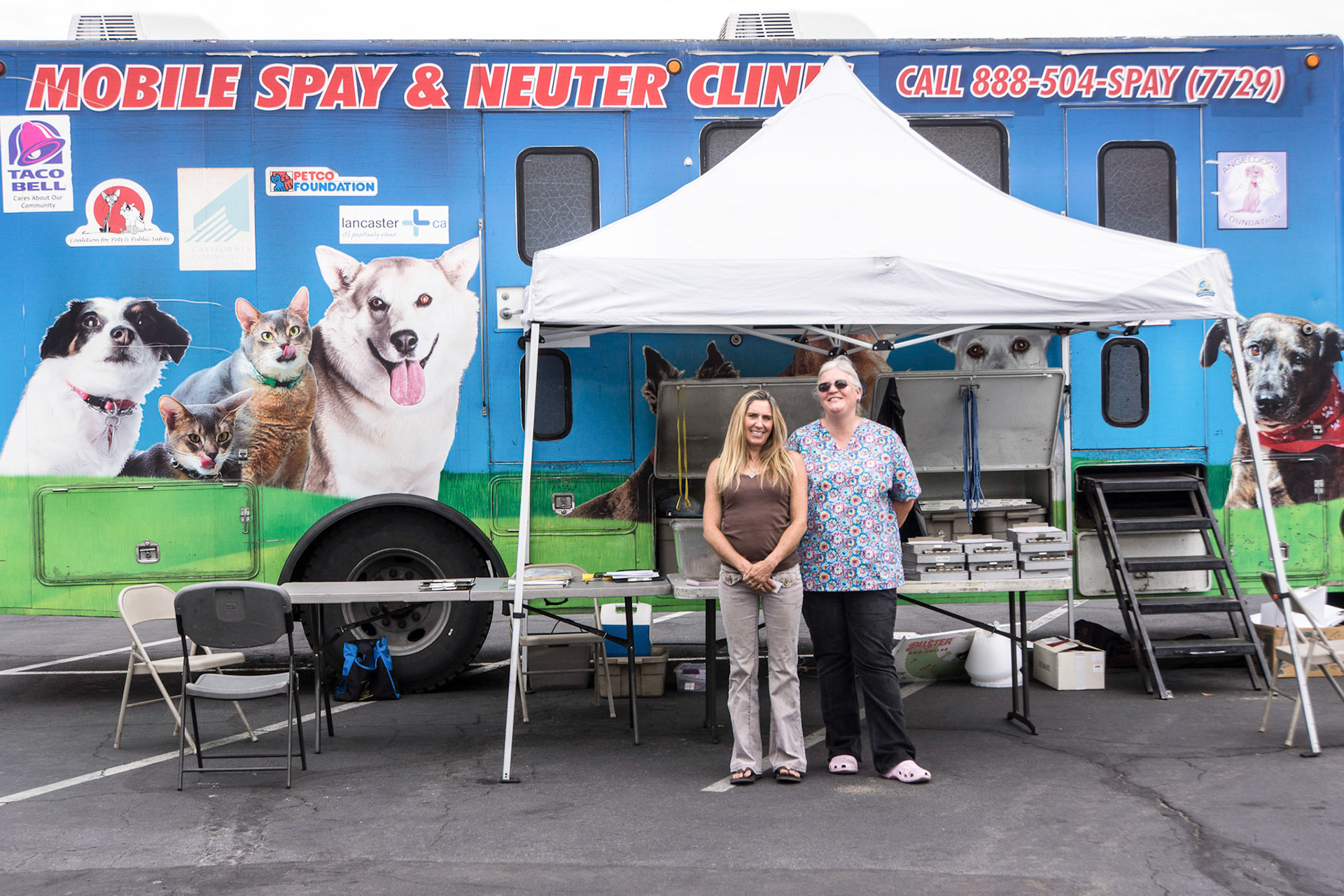
Santa Clarita
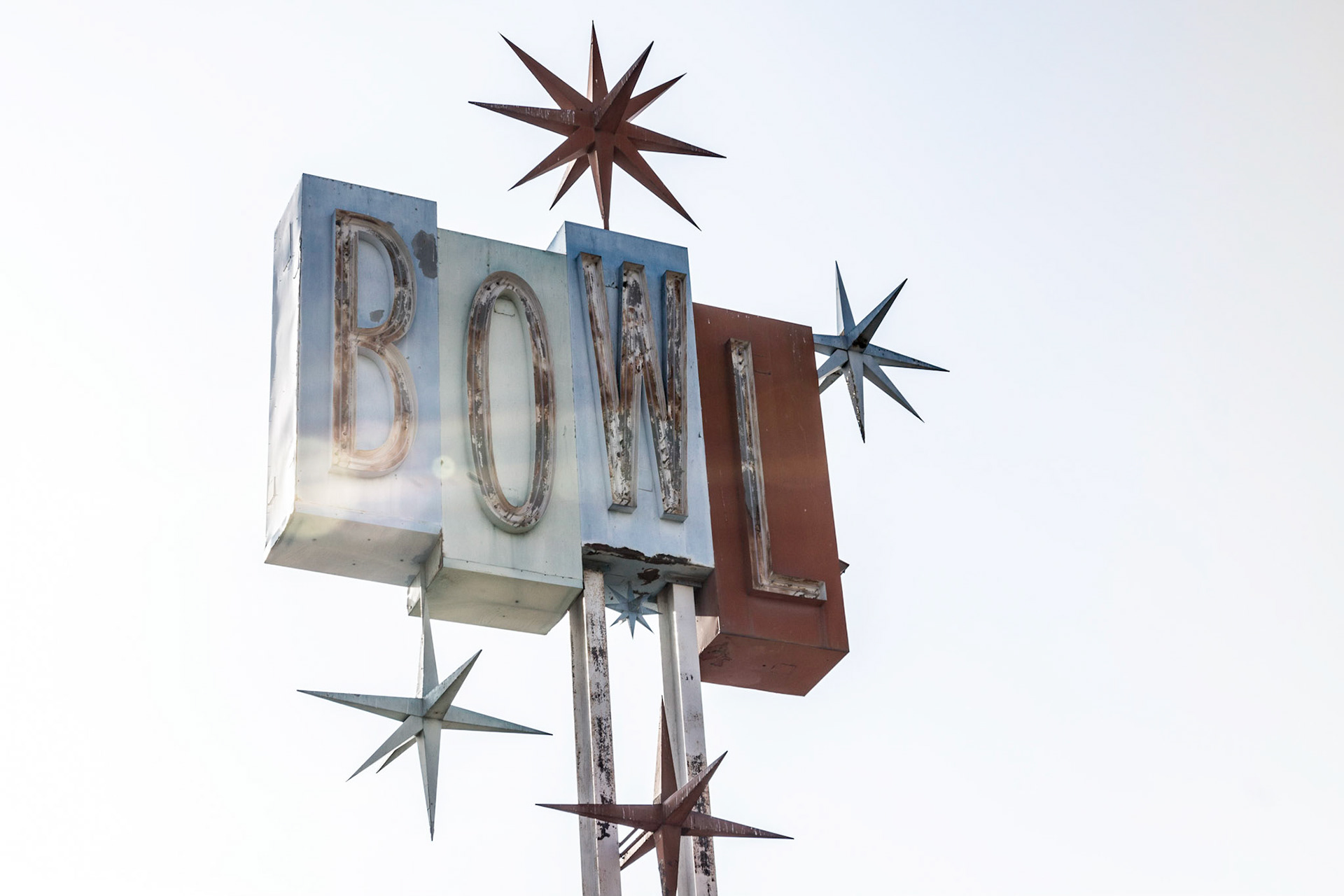
Santa Fe Springs

Santa Monica
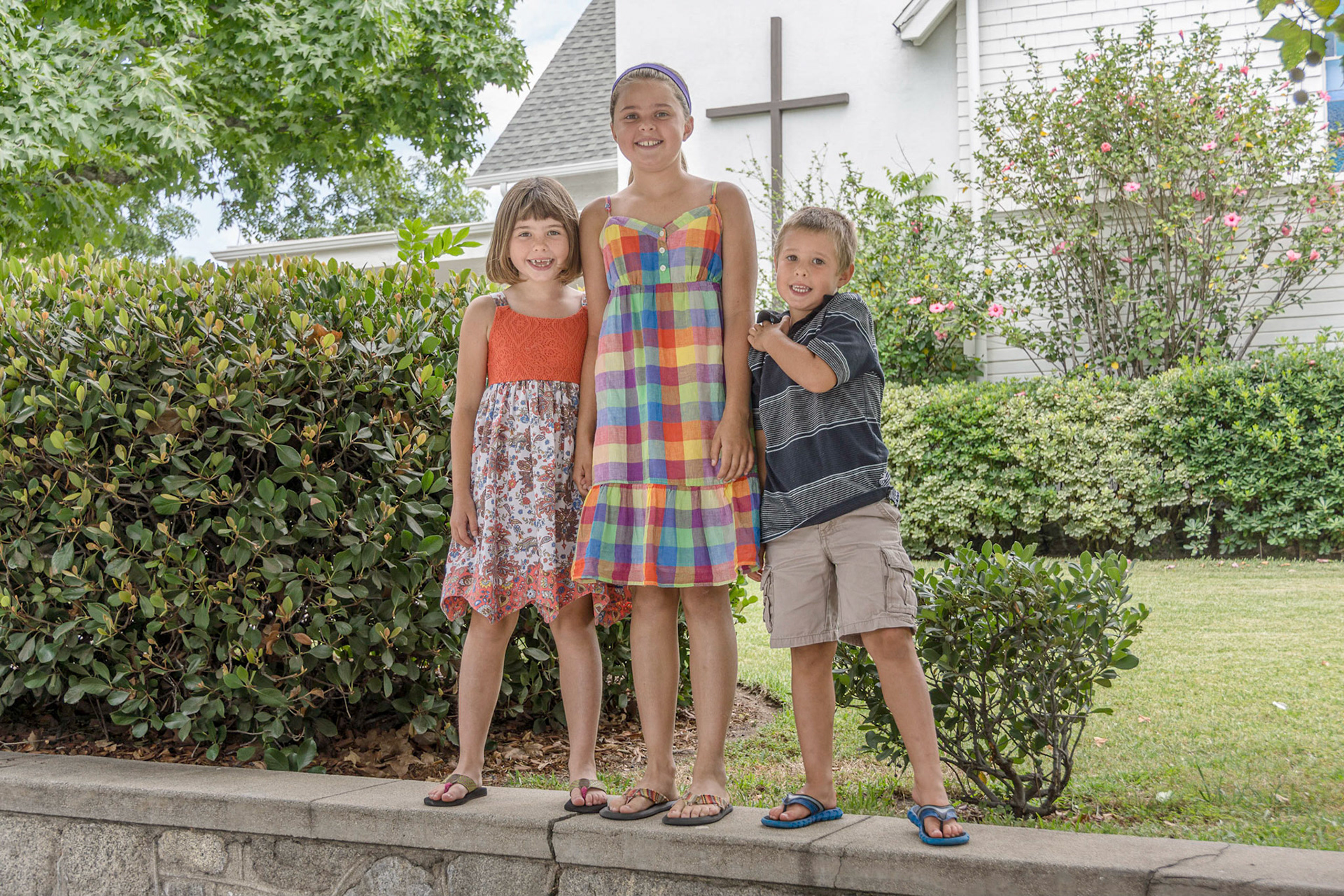
Sierra Madre
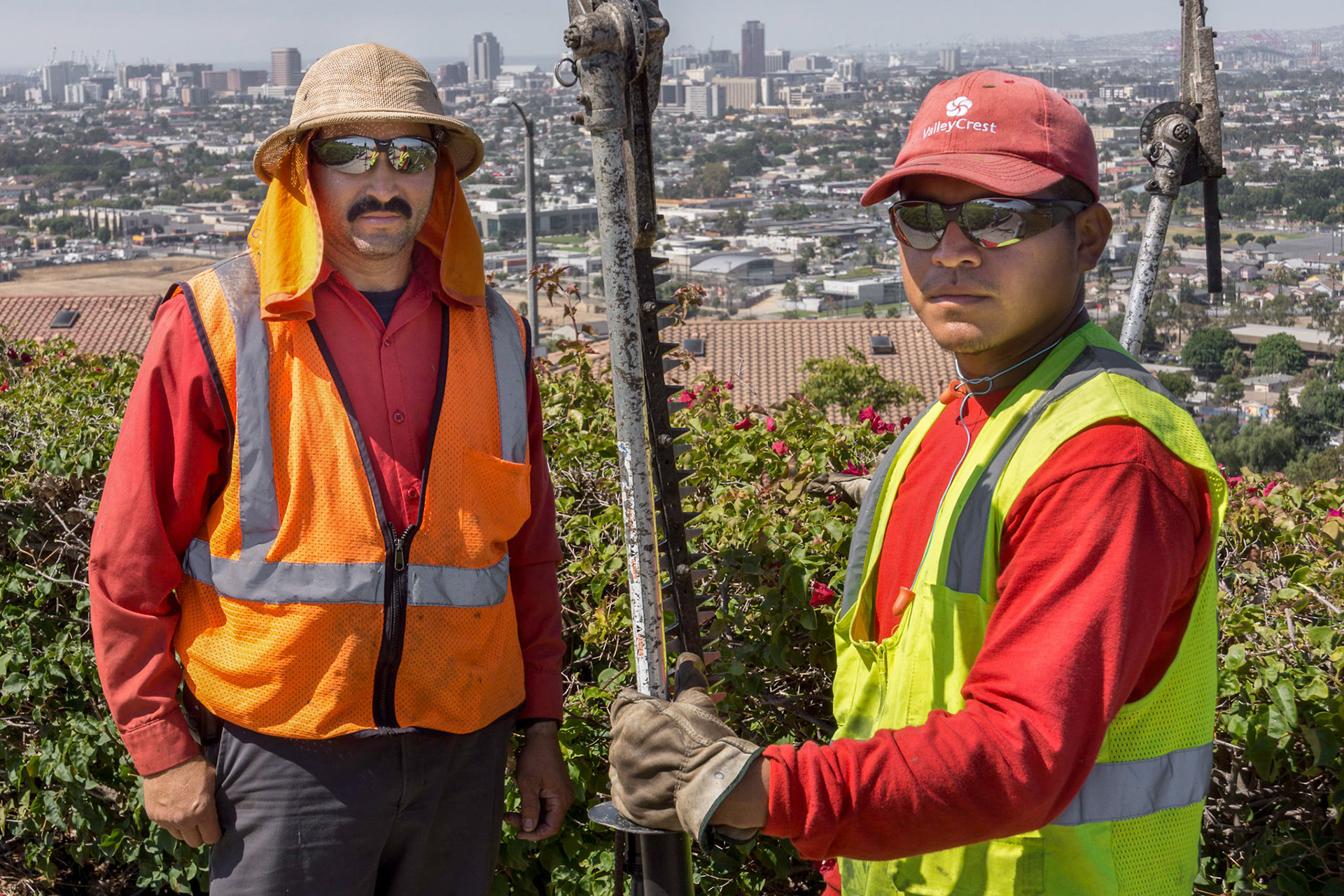
Signal Hill

South El Monte

South Pasadena

South Gate
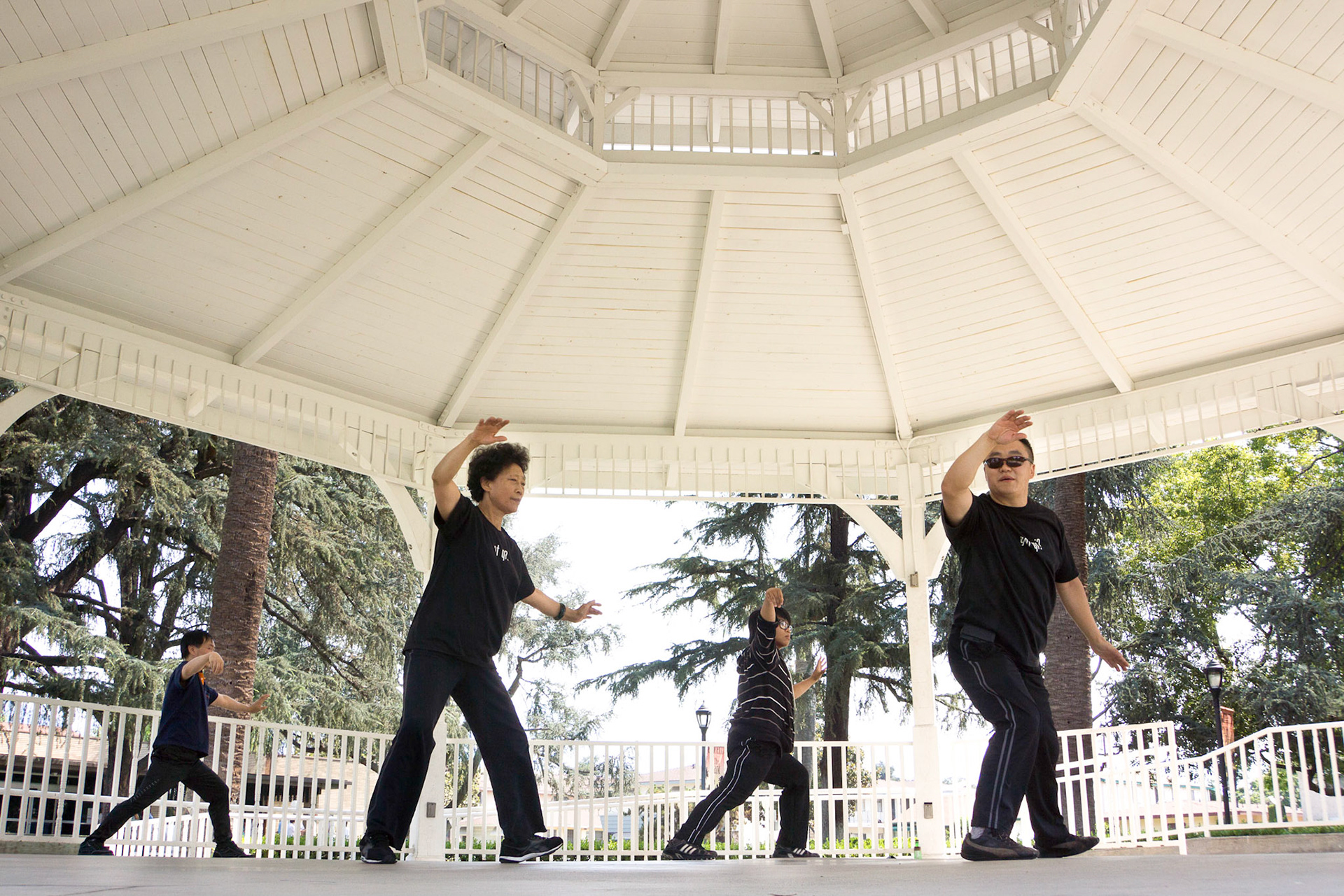
Temple City

Torrance

Vernon

Walnut
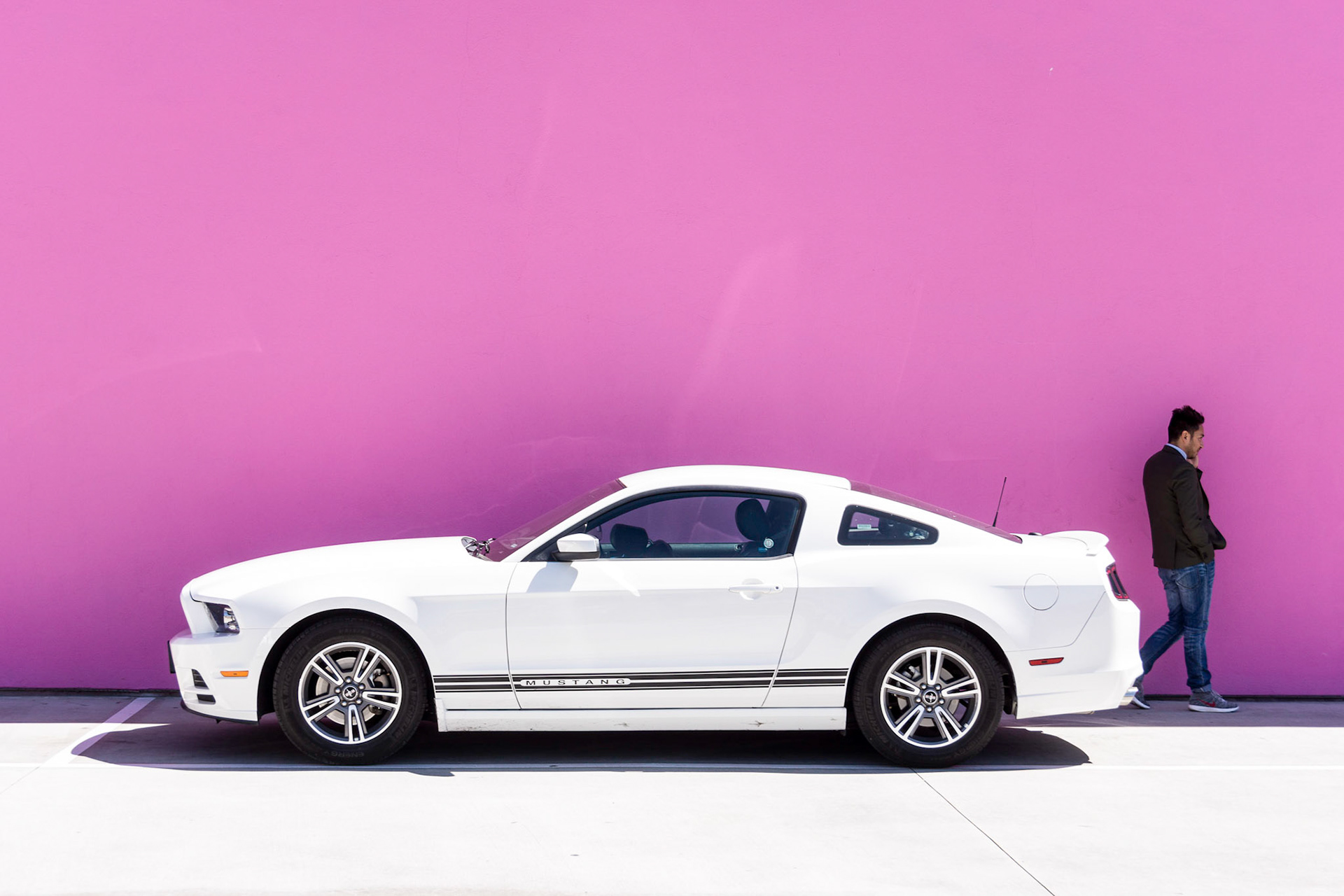
West Hollywood

West Covina
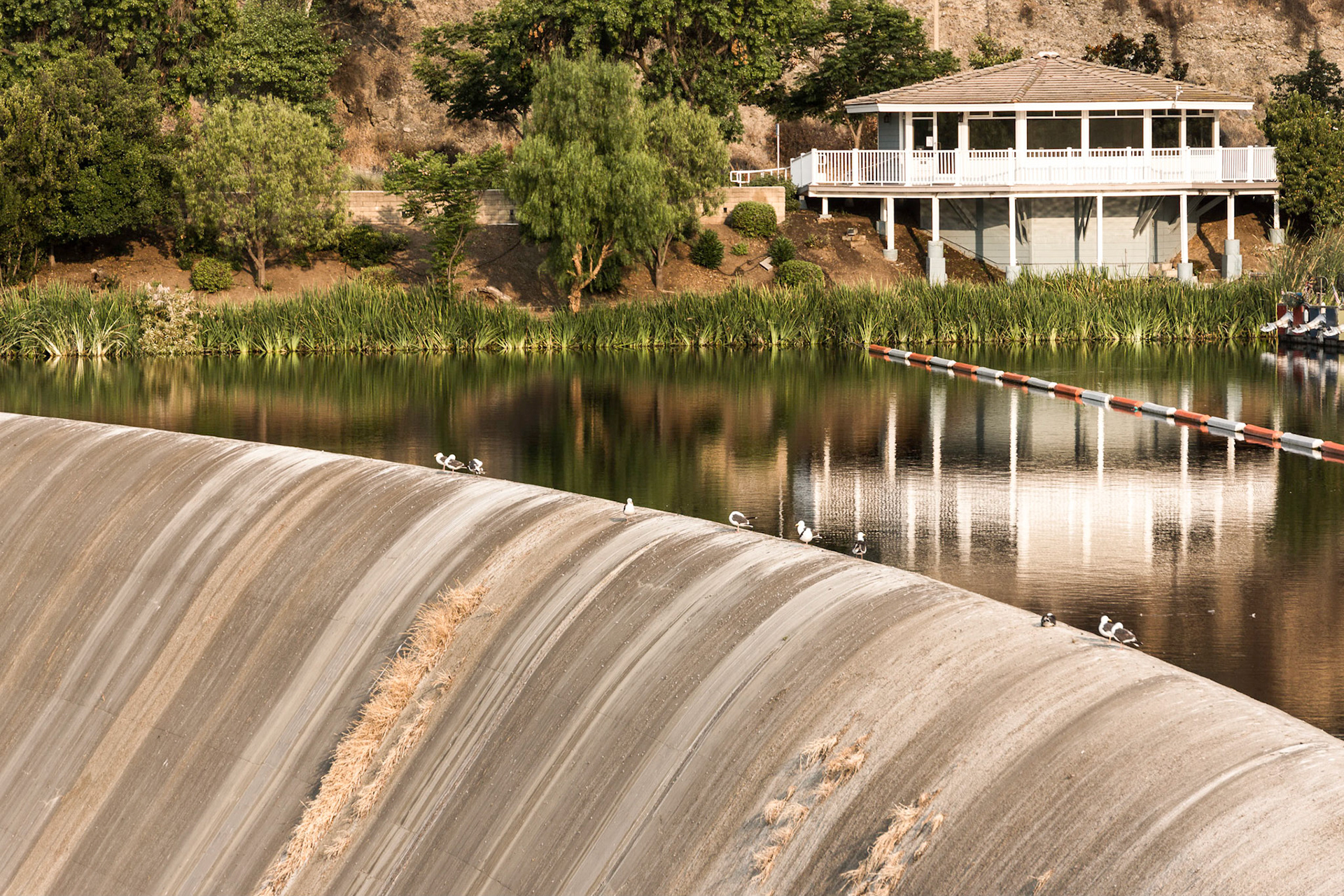
Westlake Village
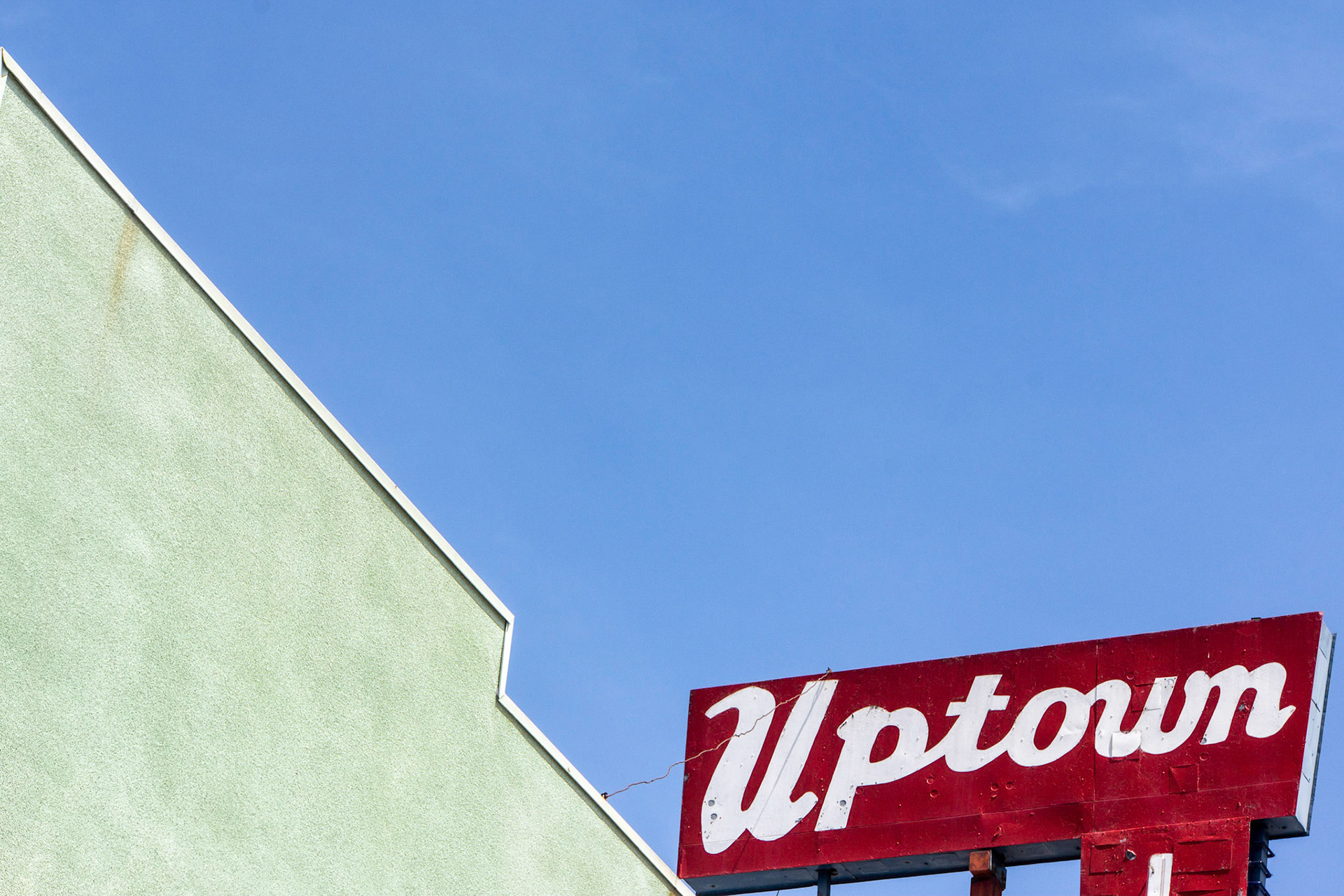
Whittier

San Gabriel

Glendale
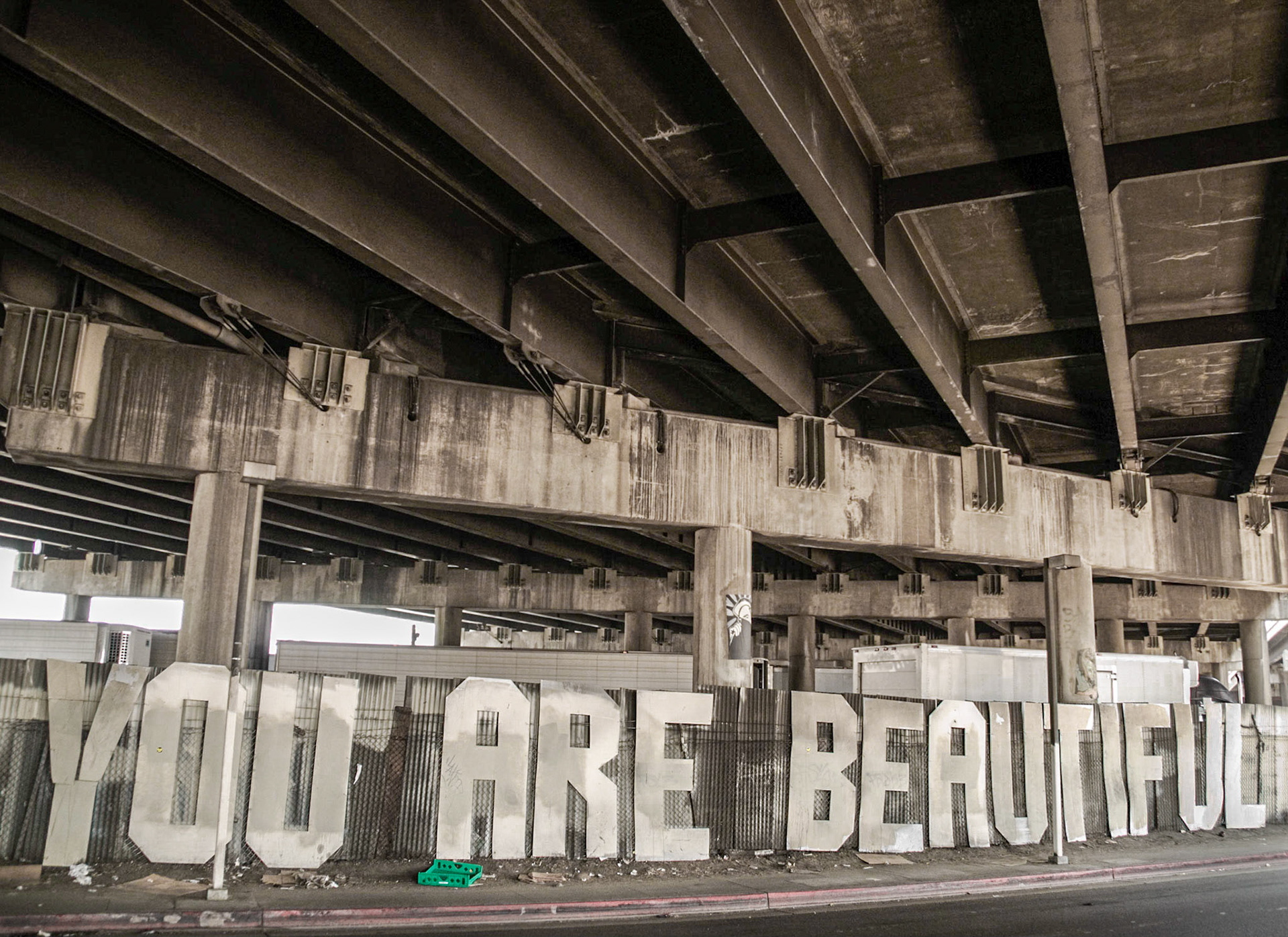
Los Angeles
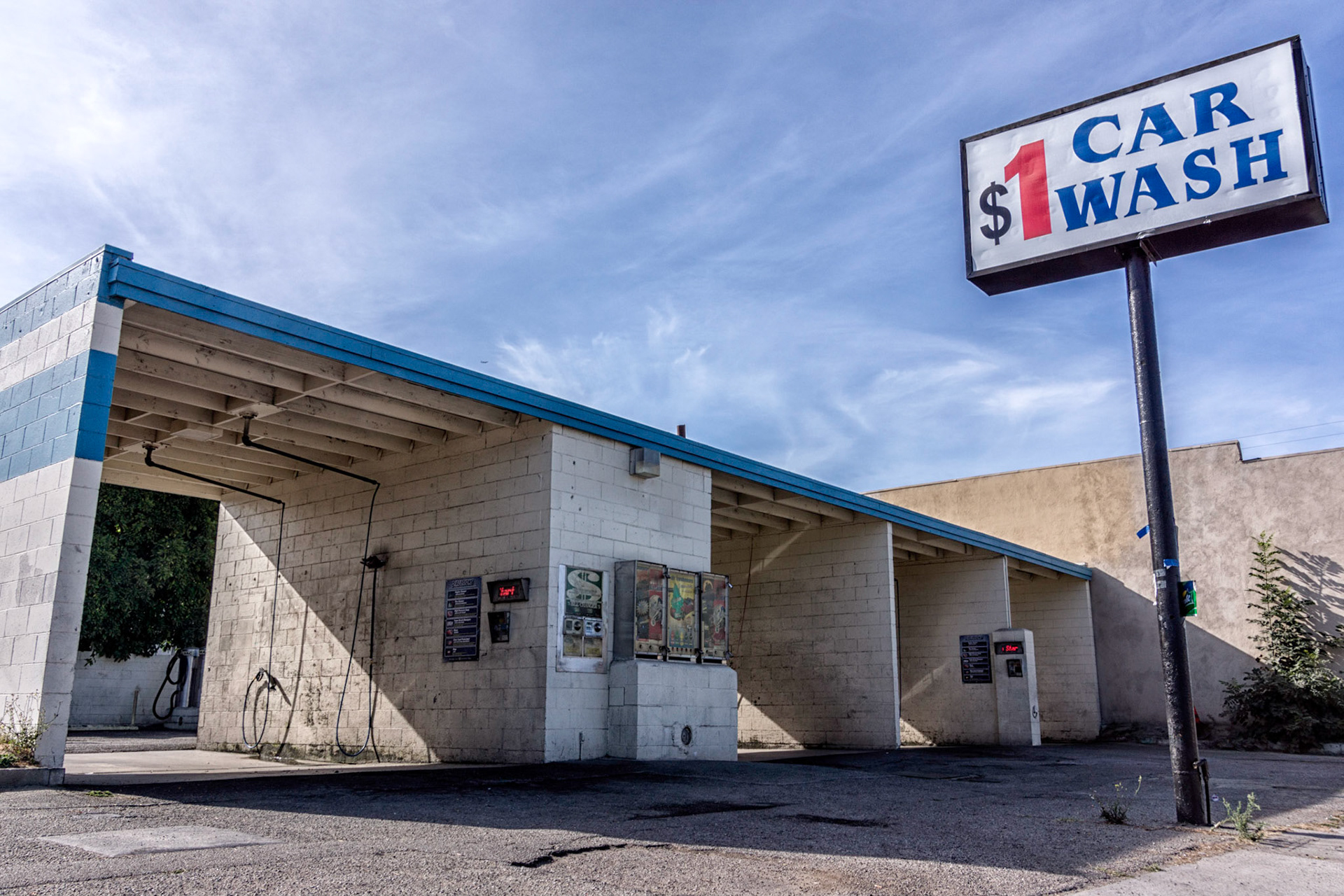
Montebello
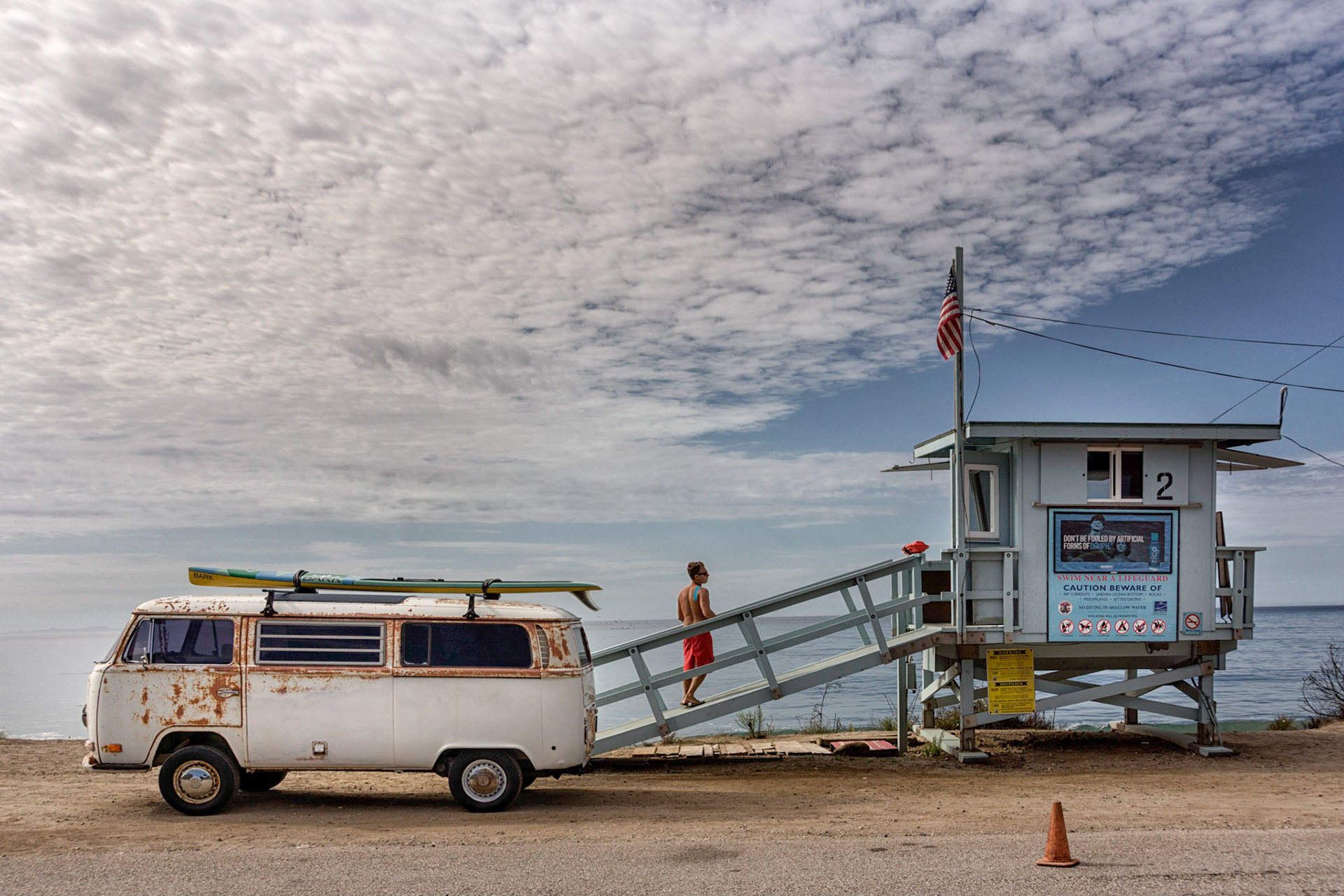
Malibu
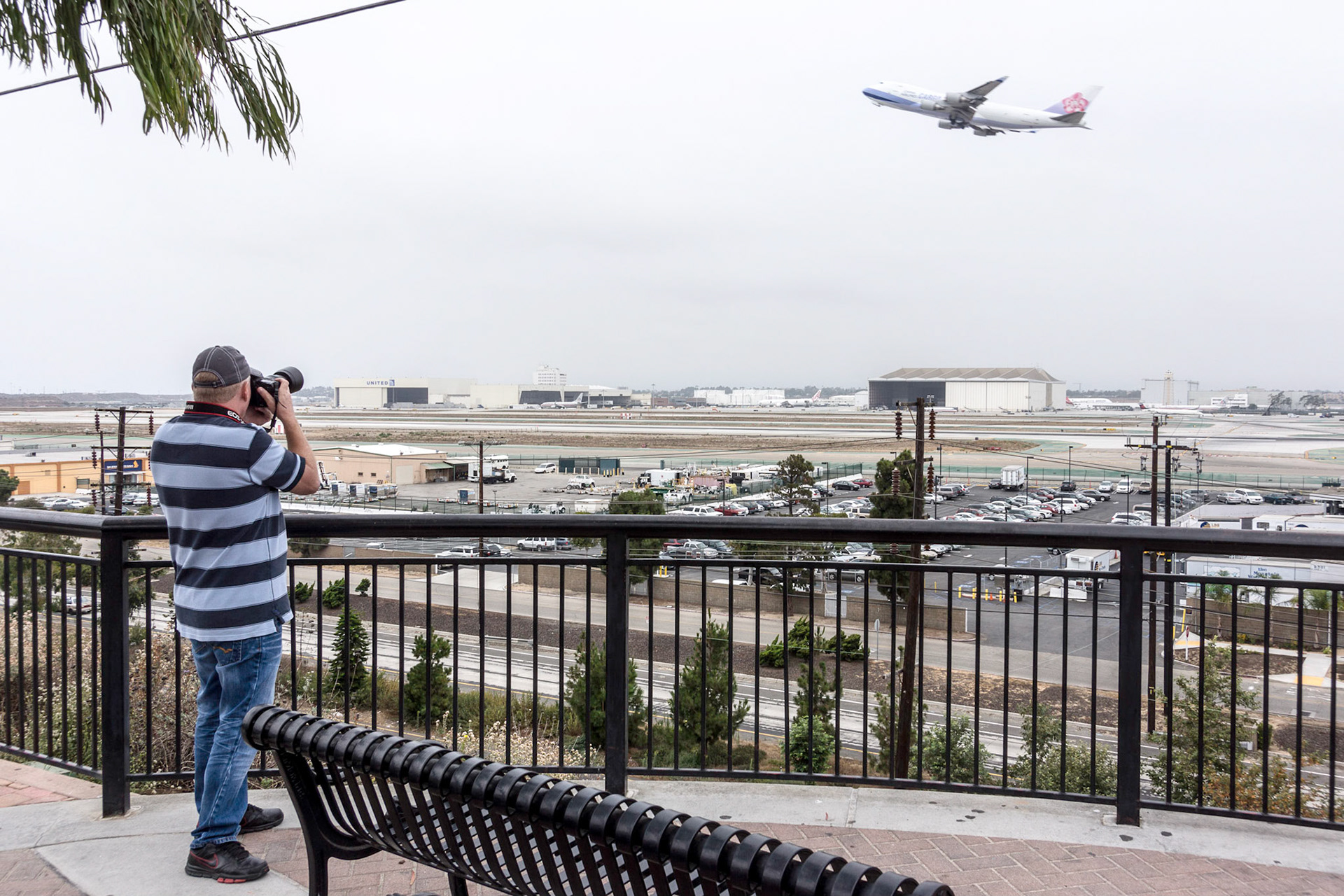
El Segundo
